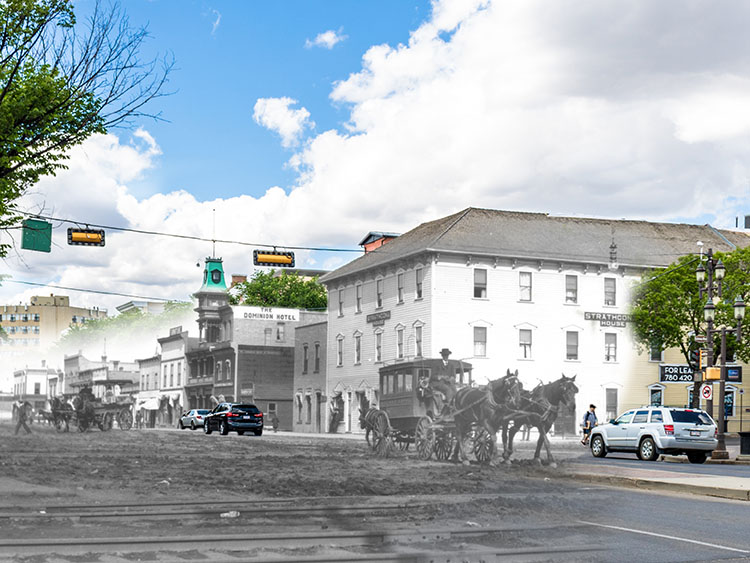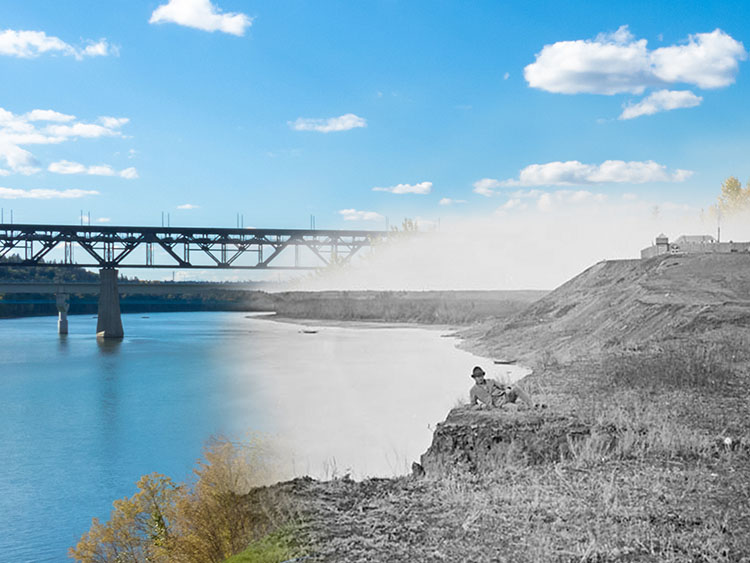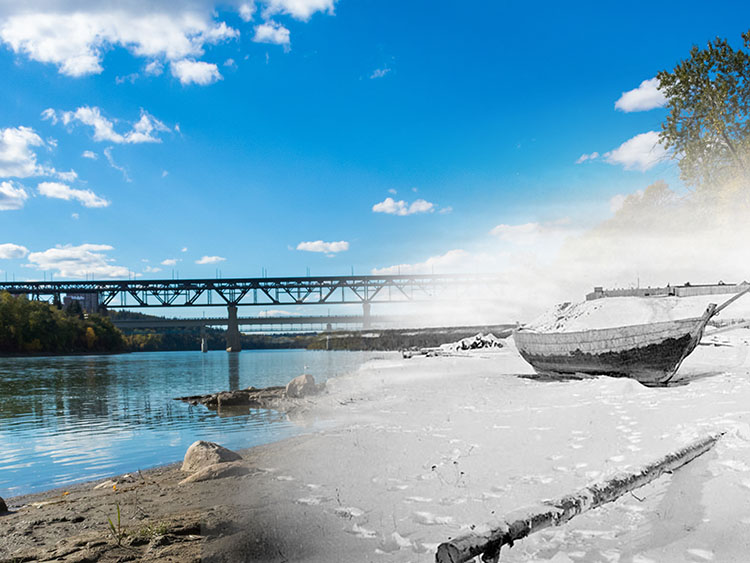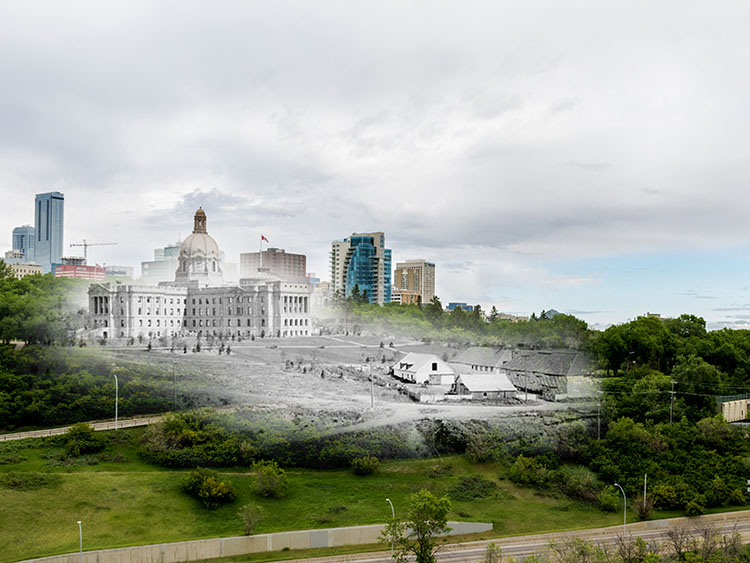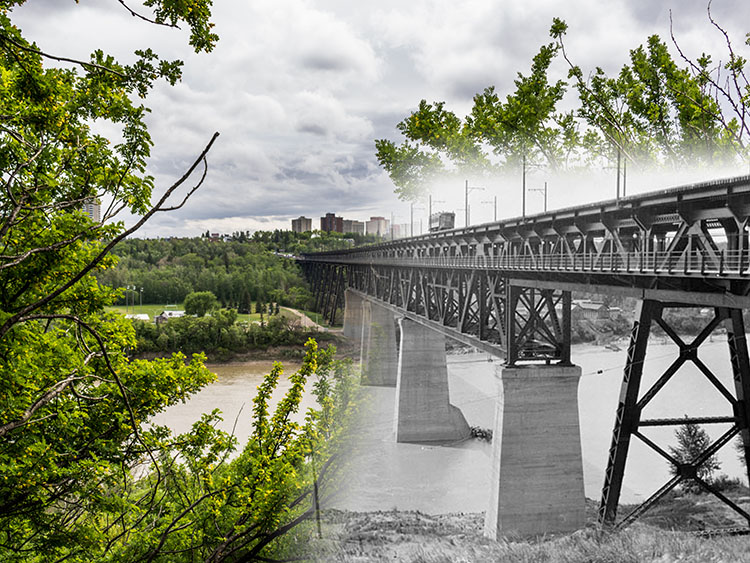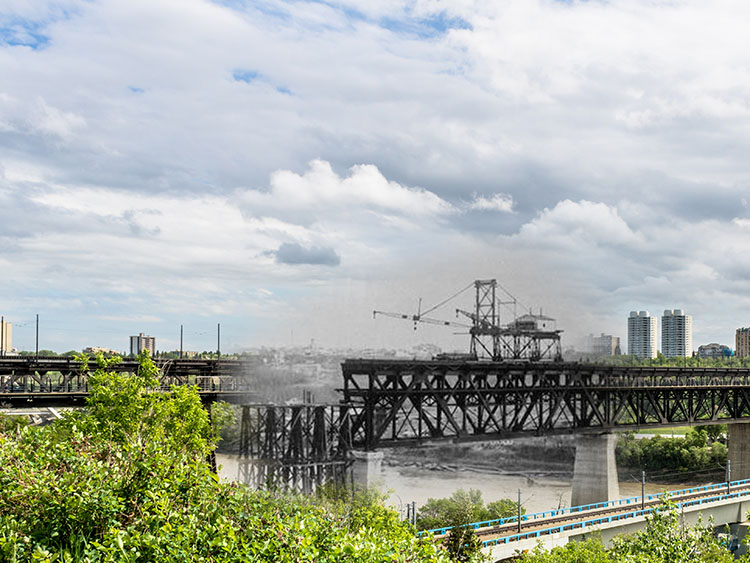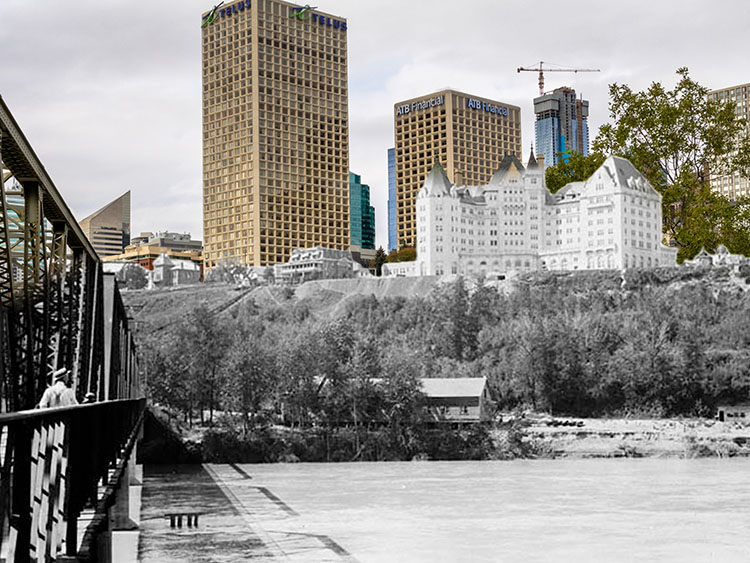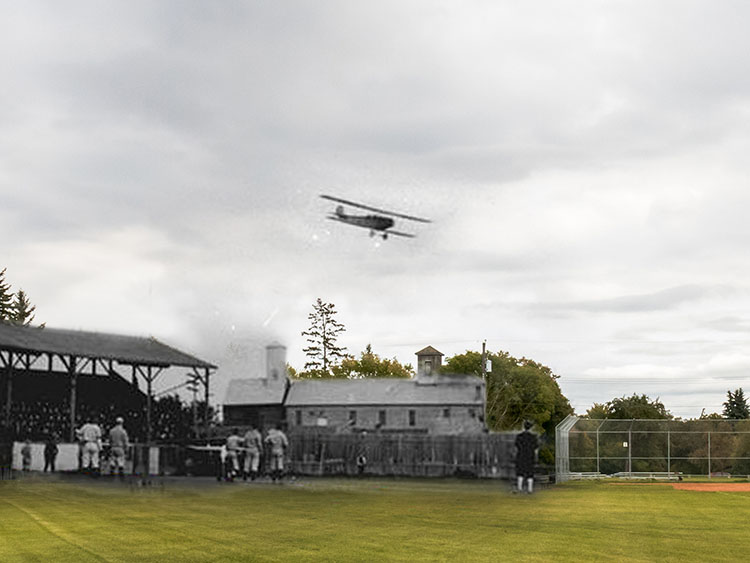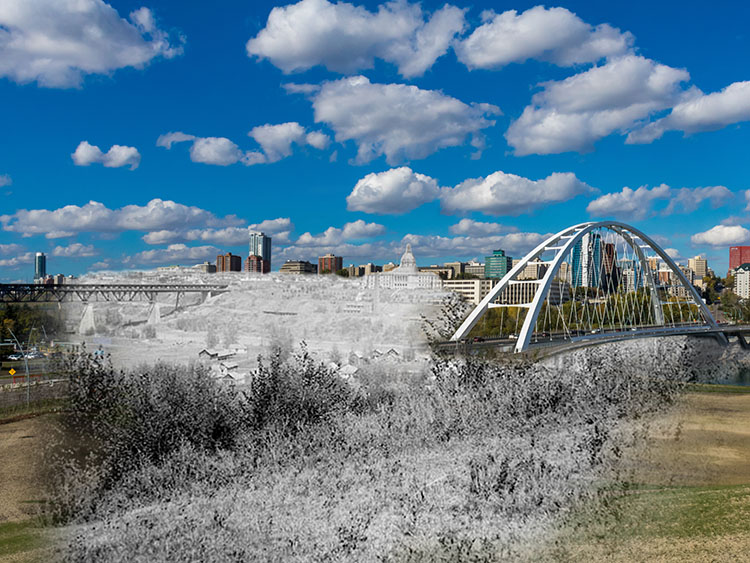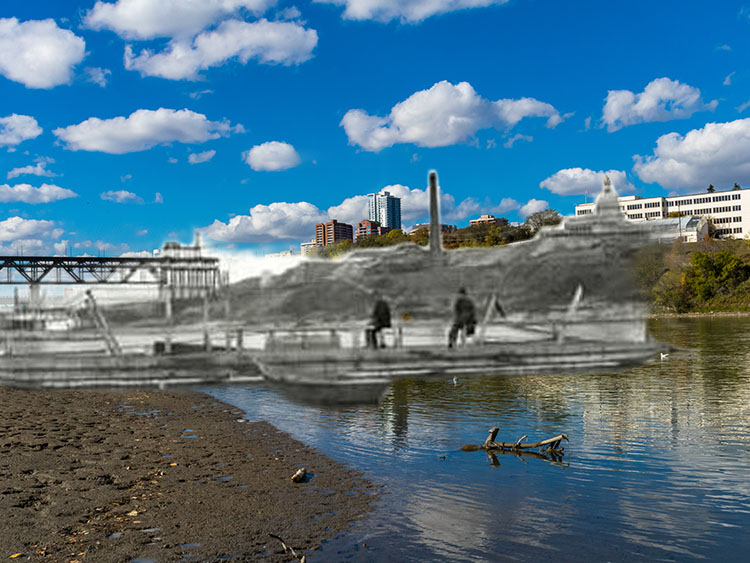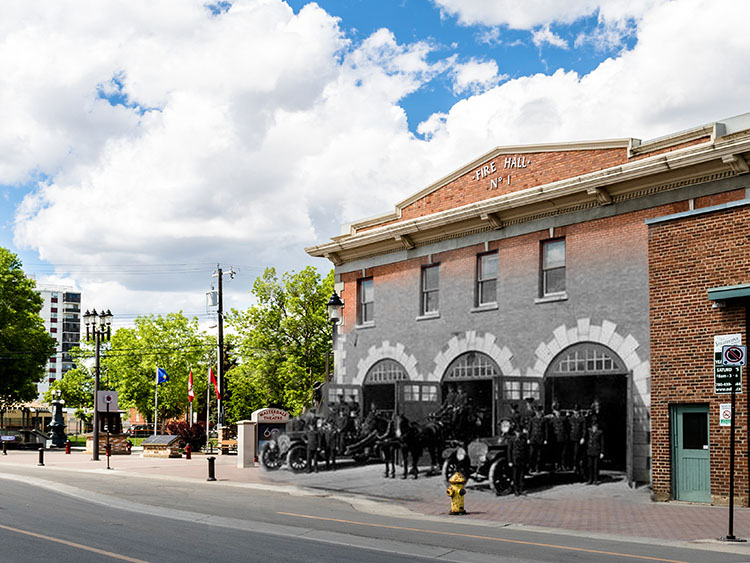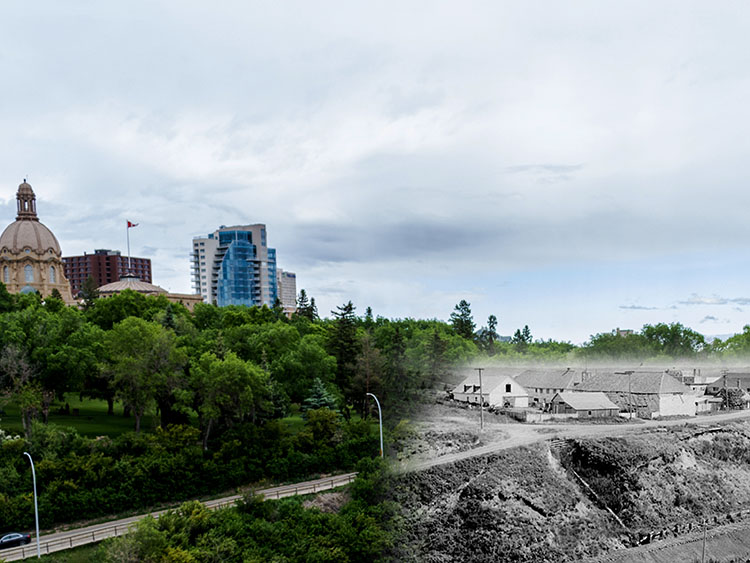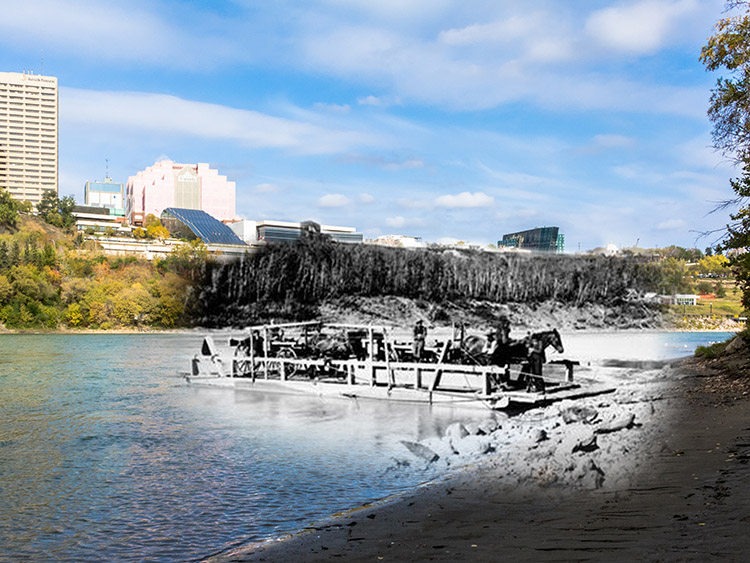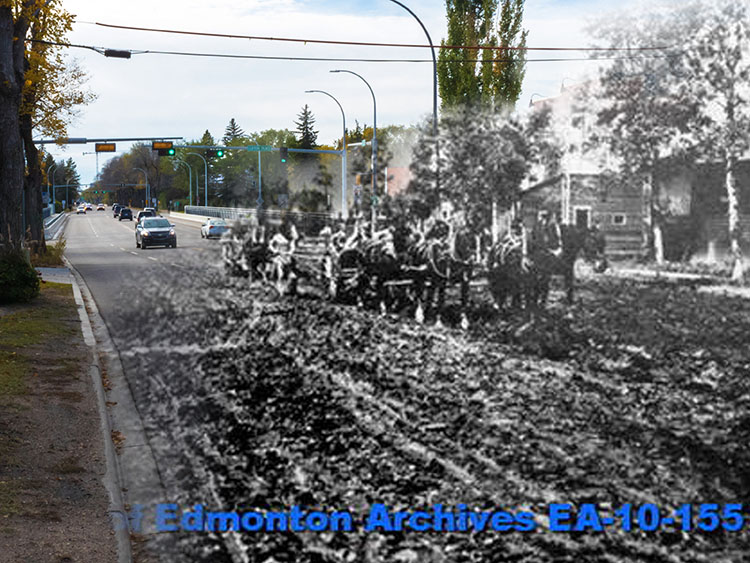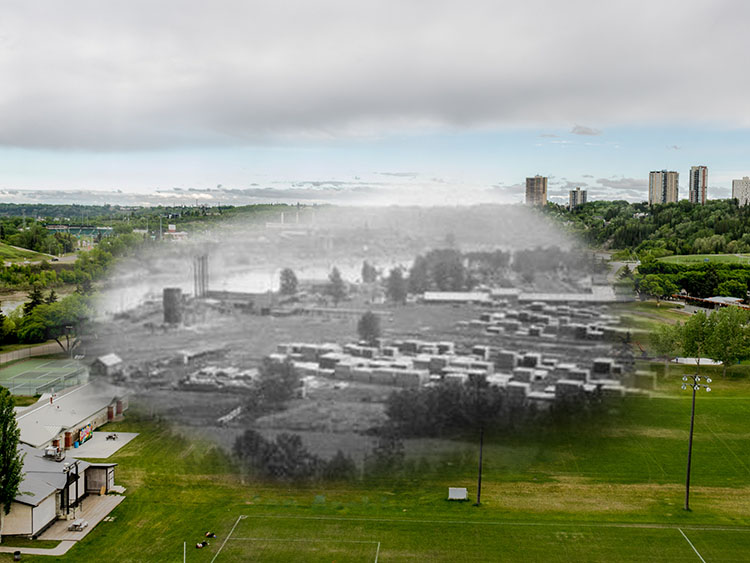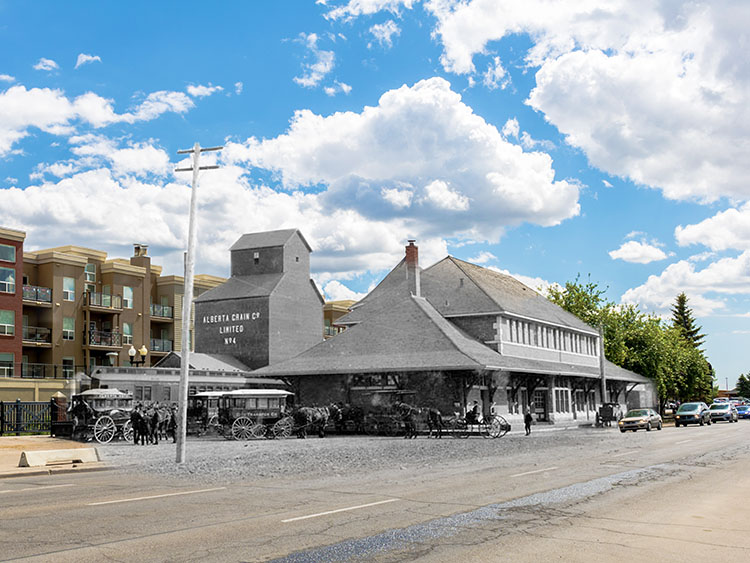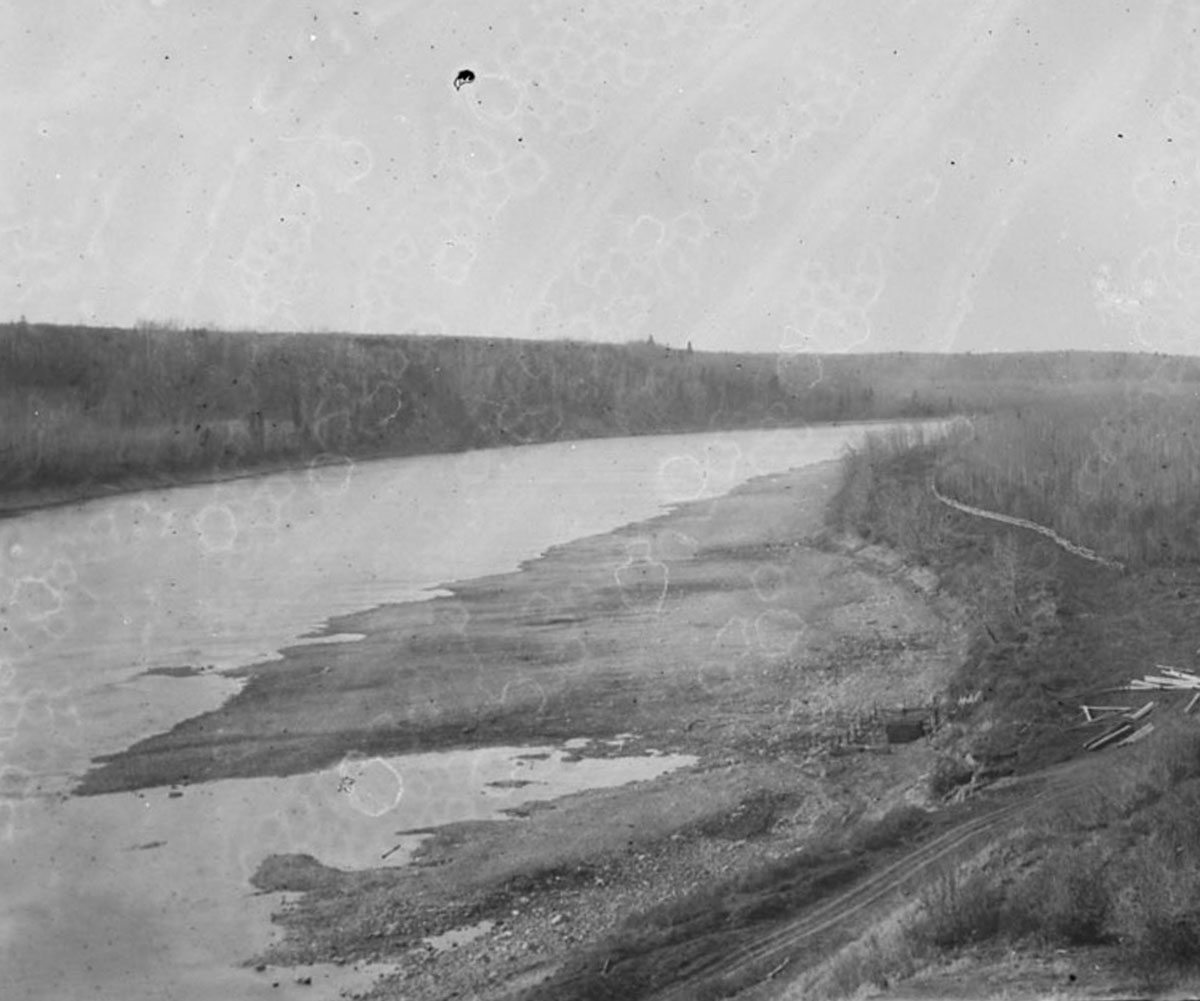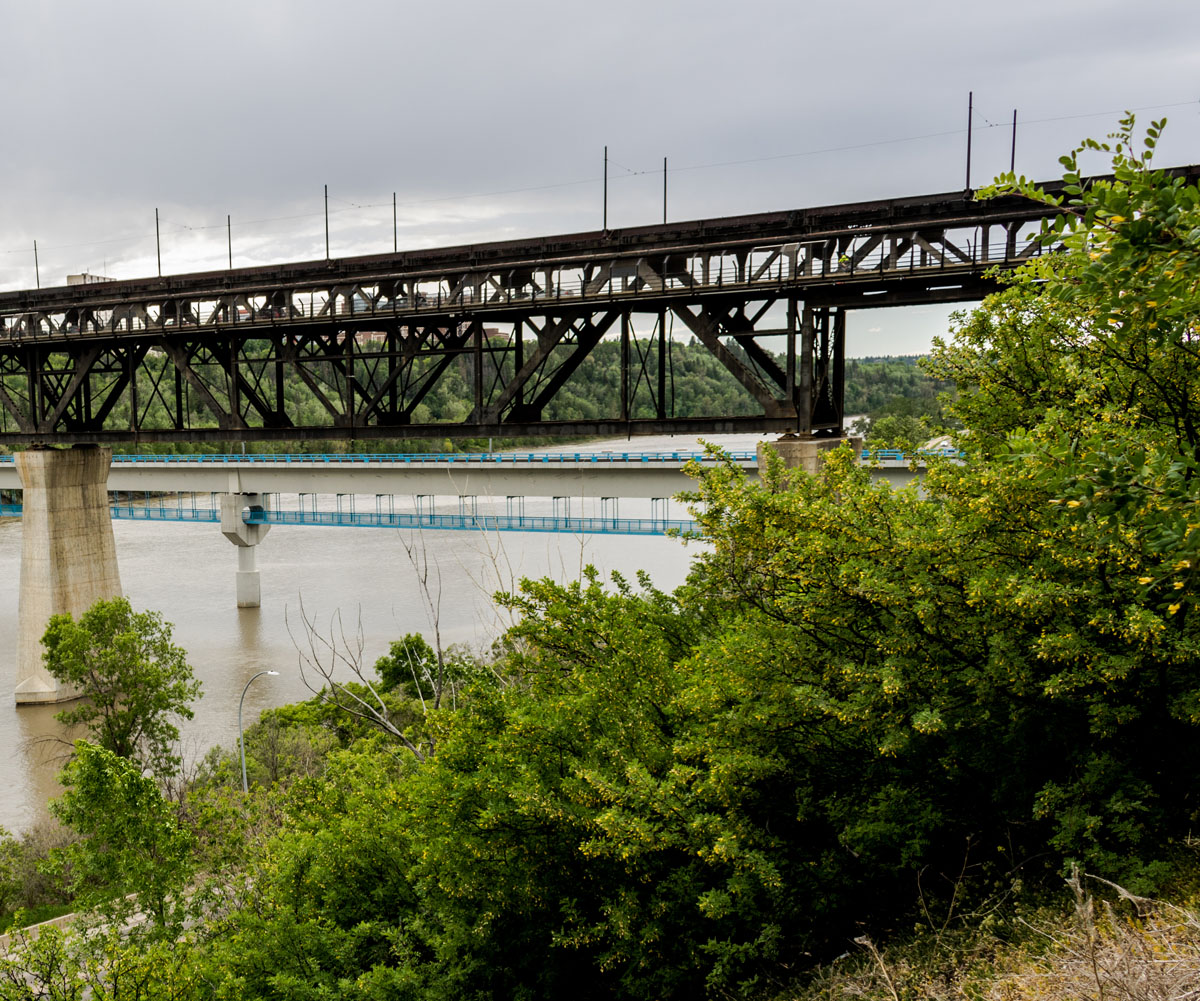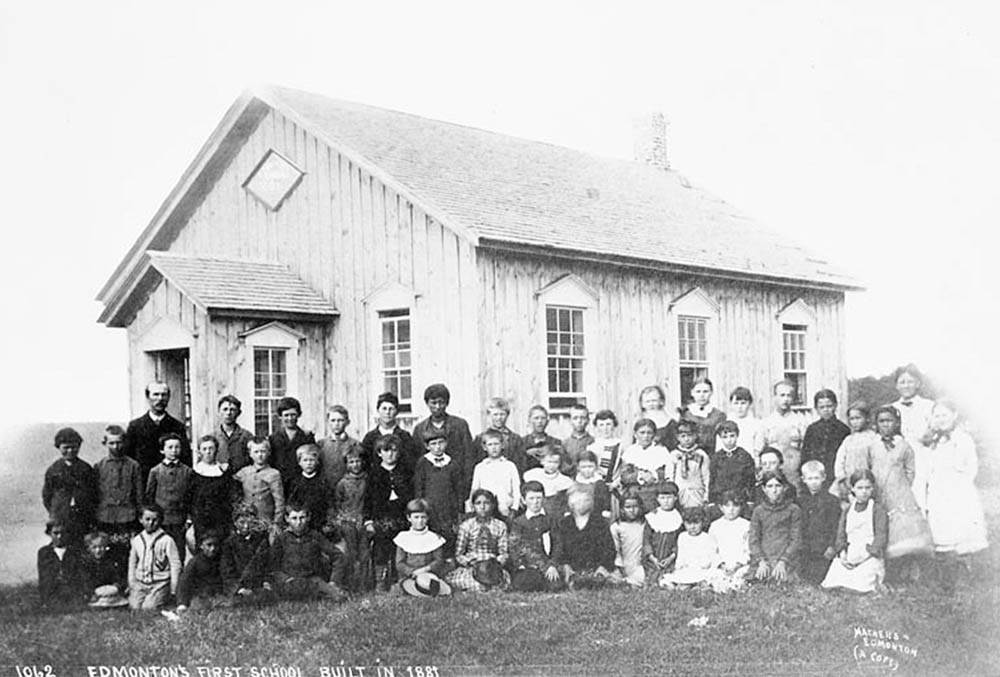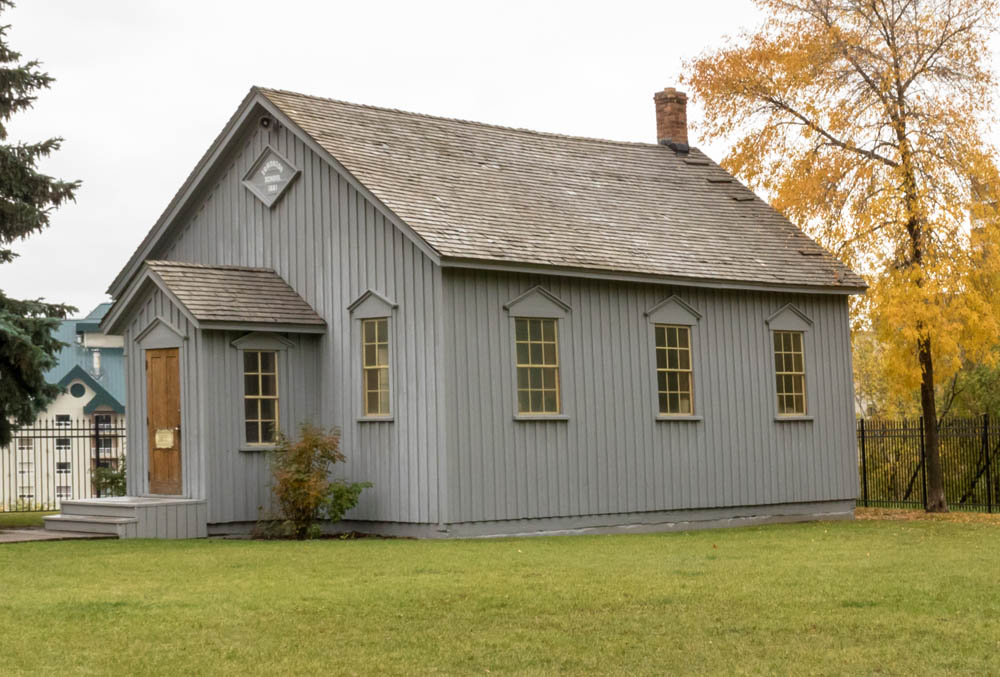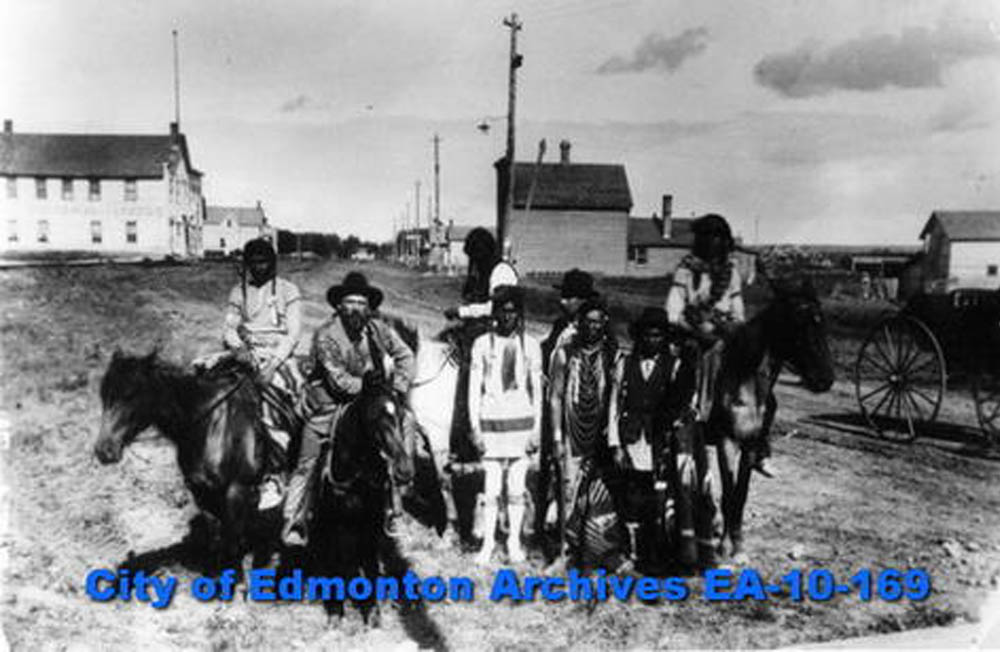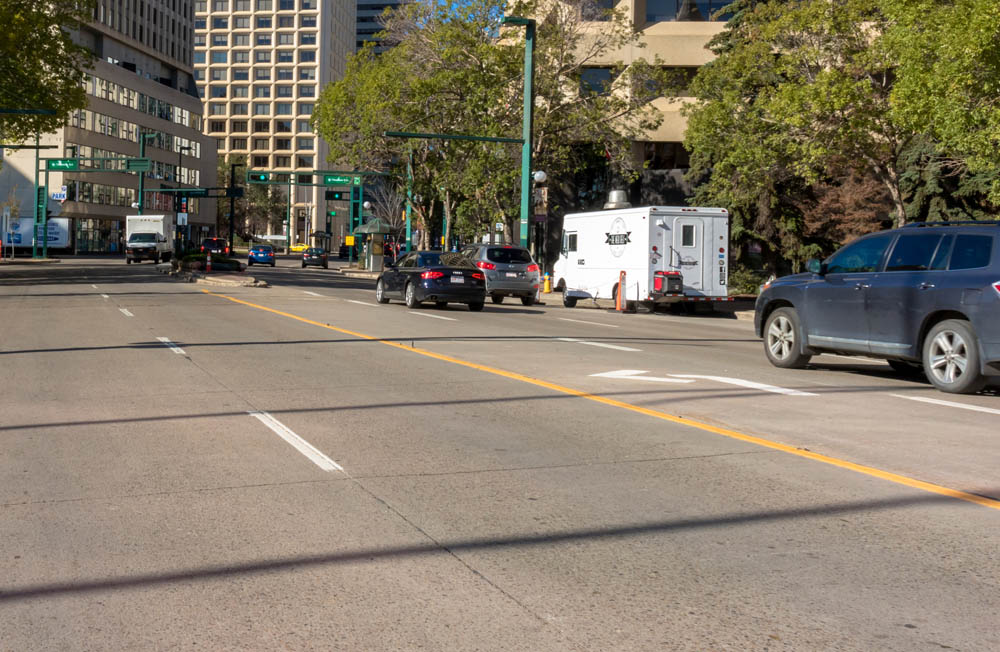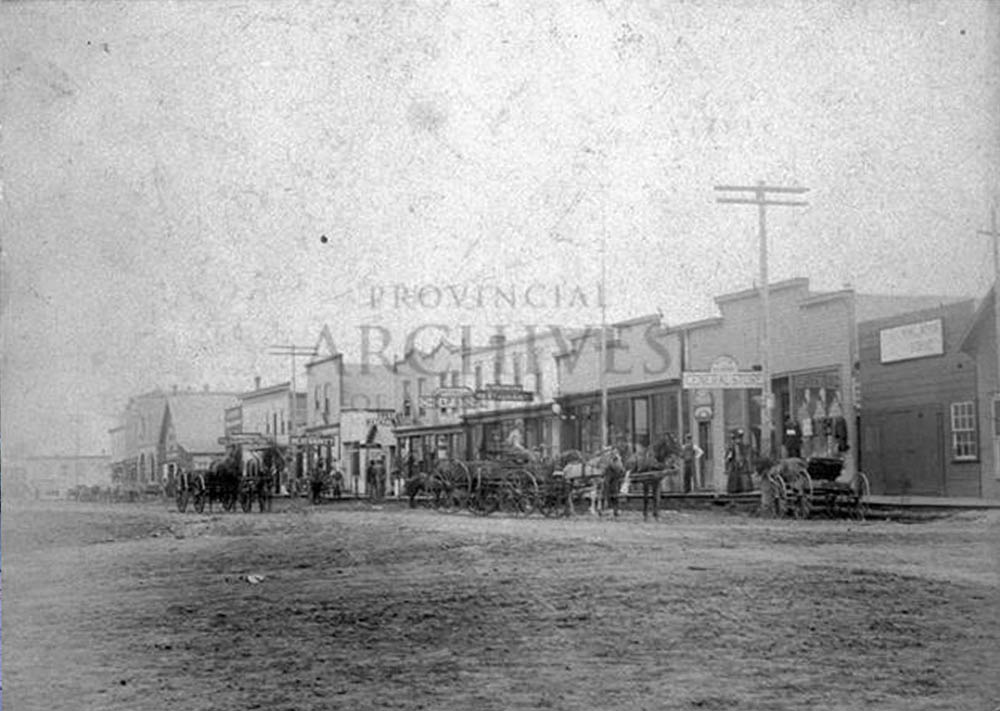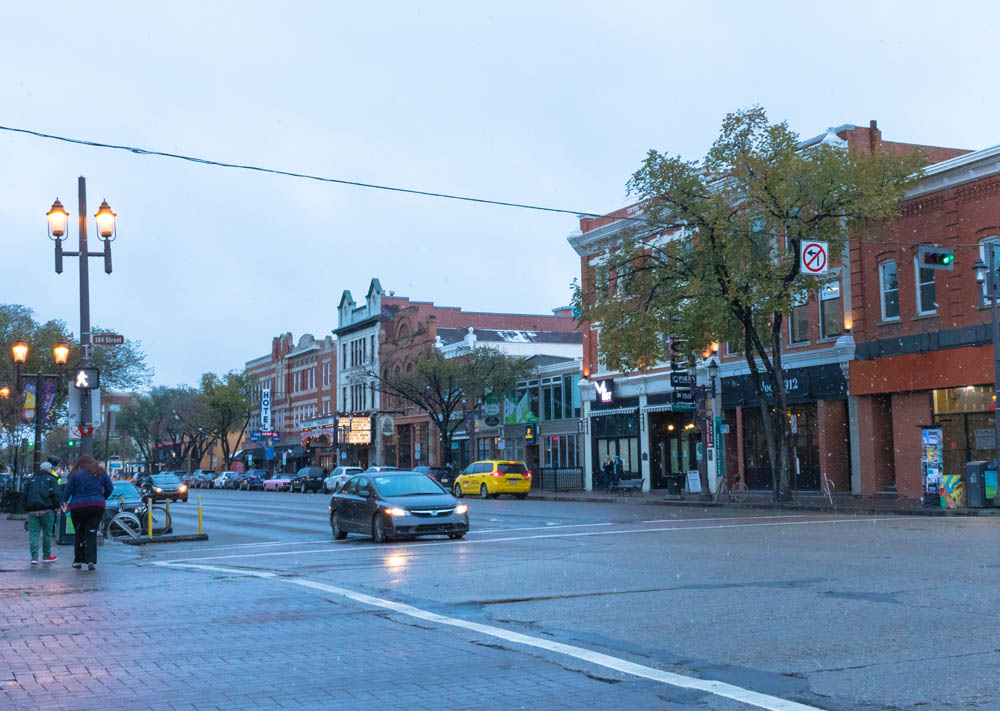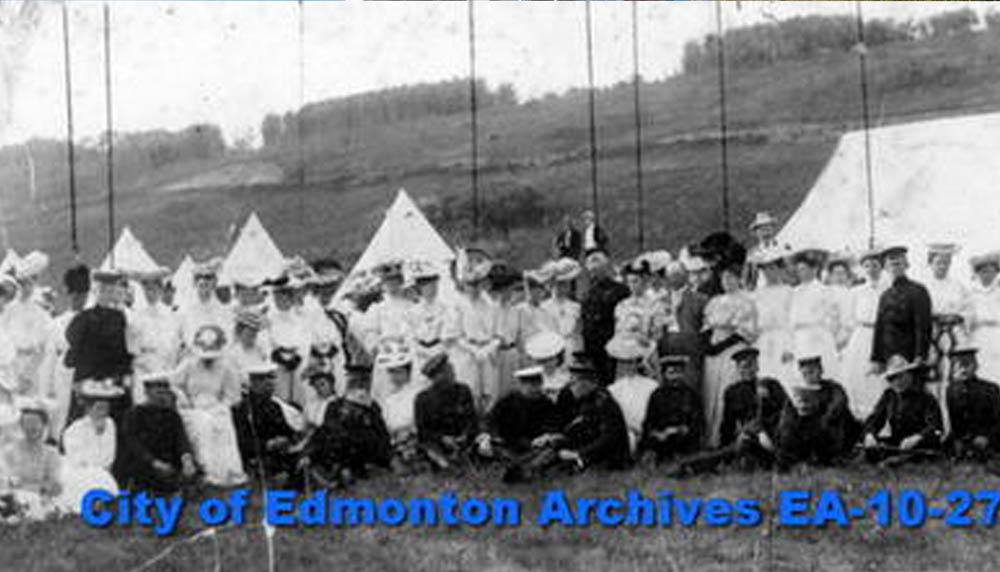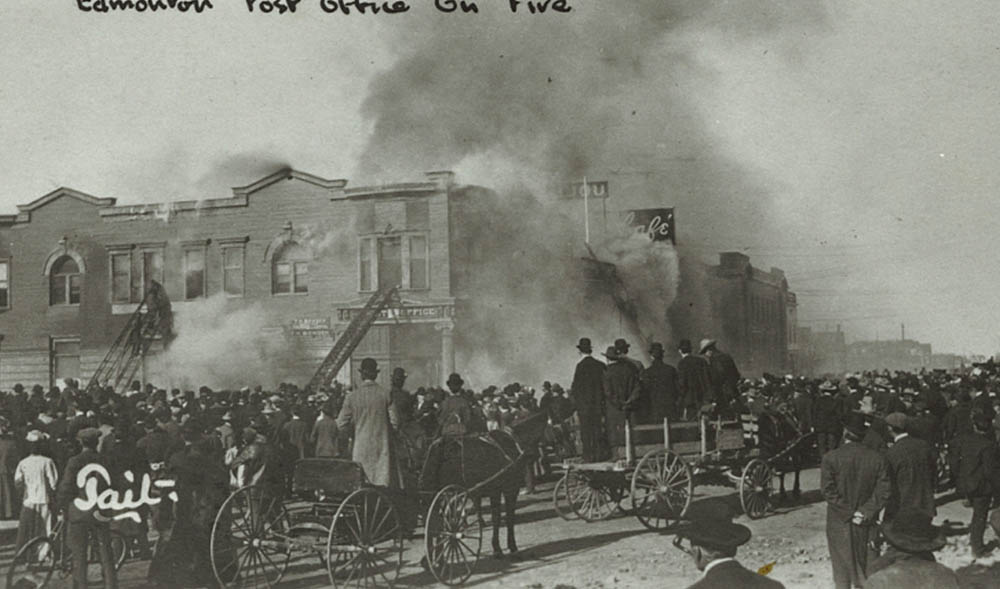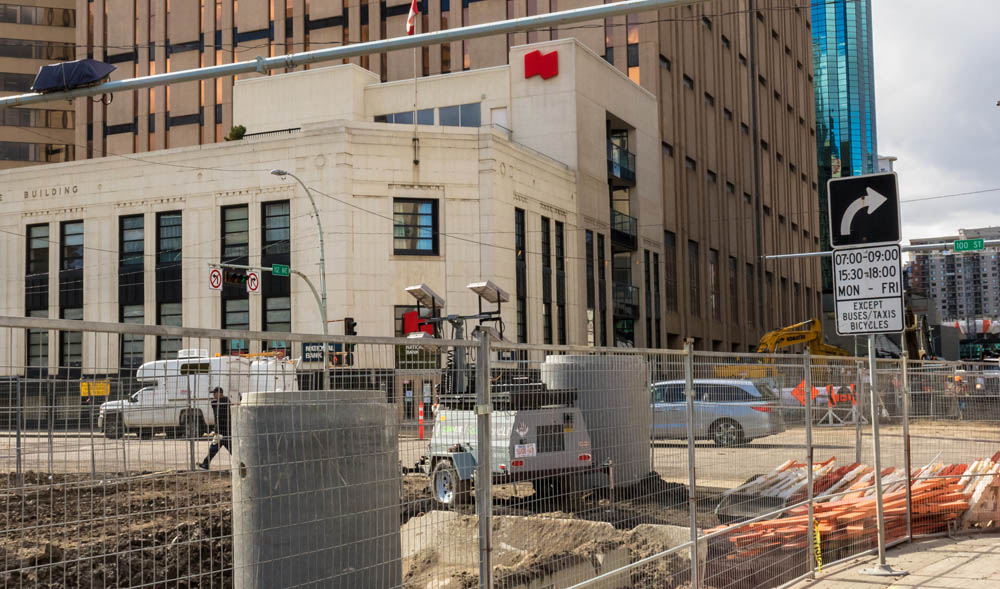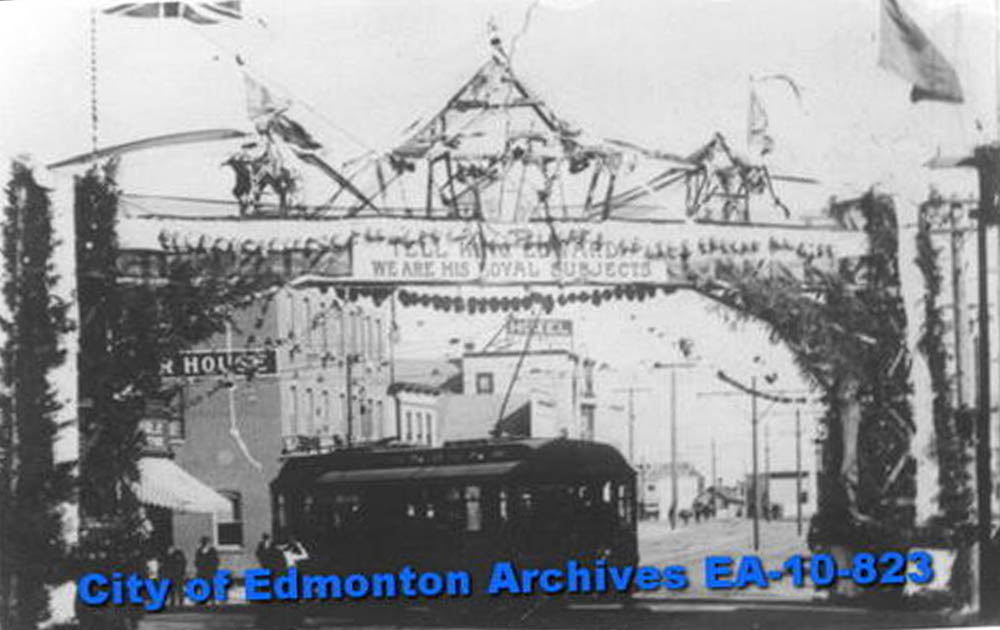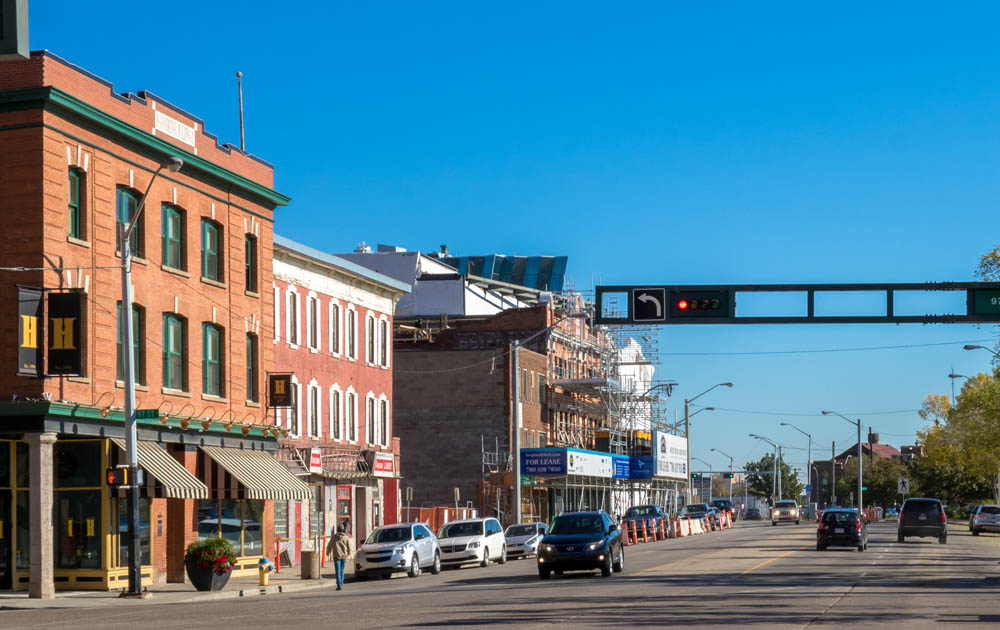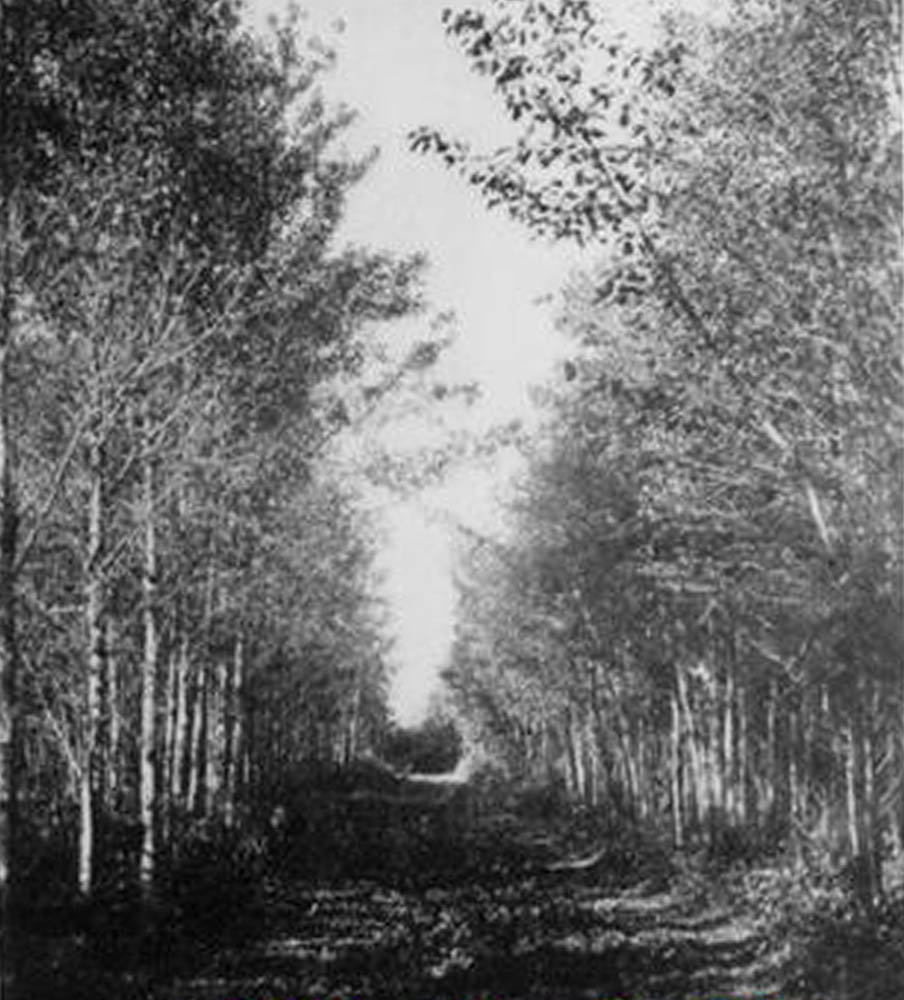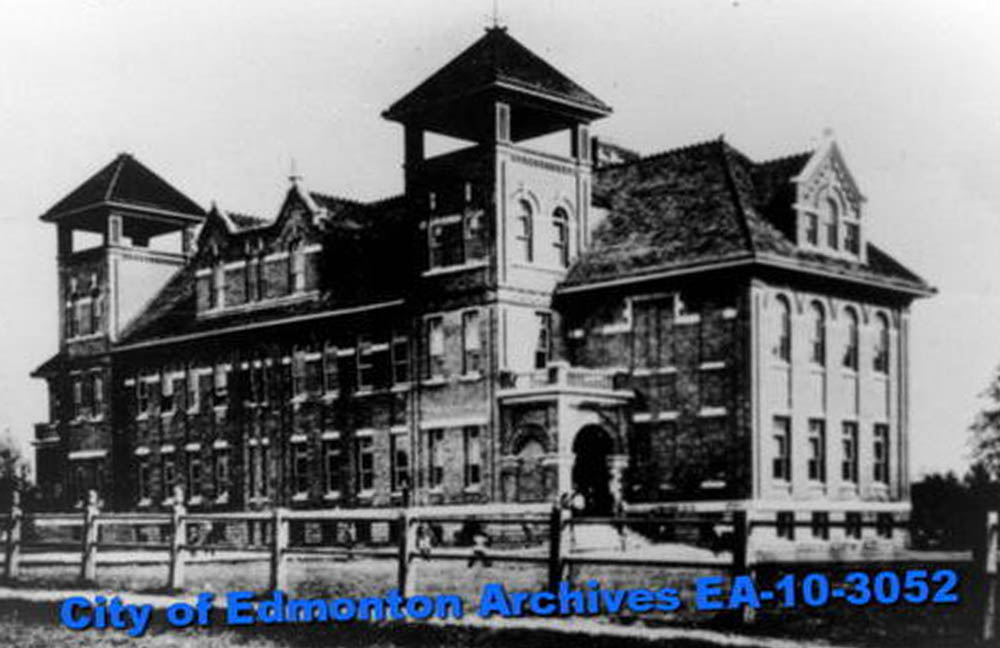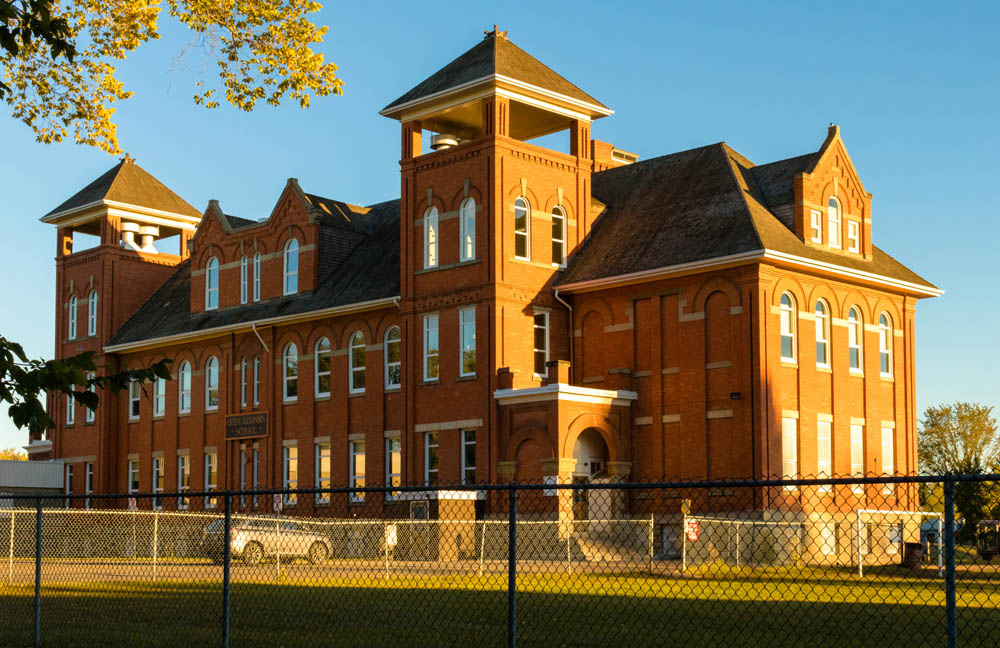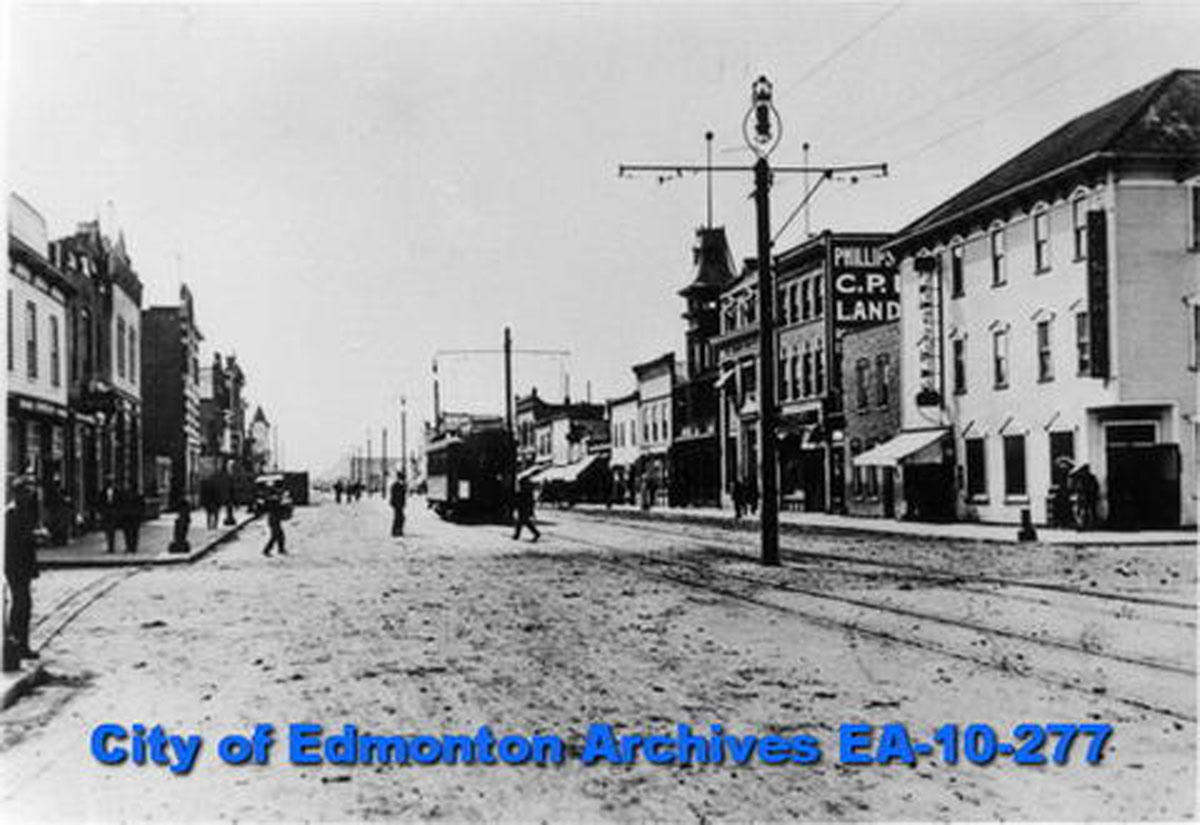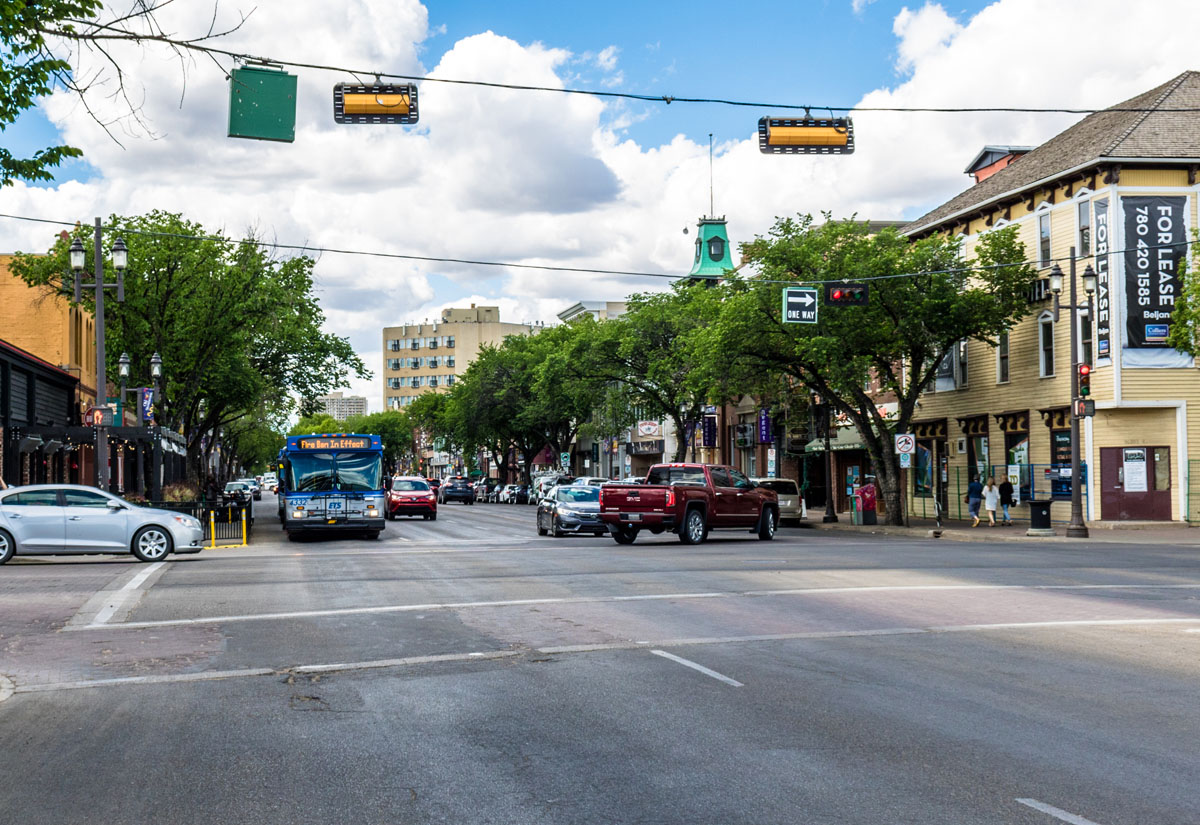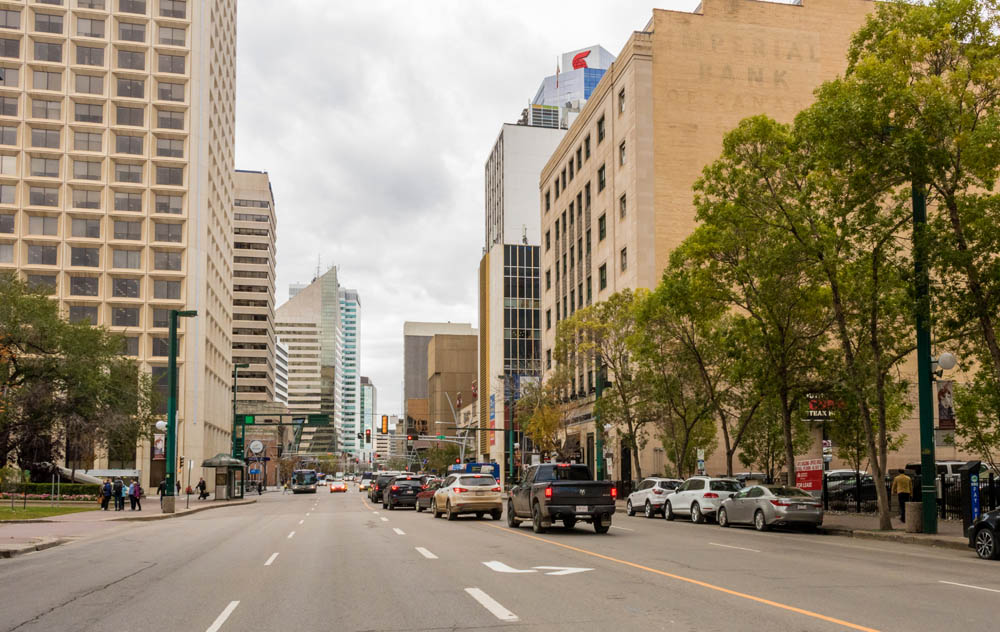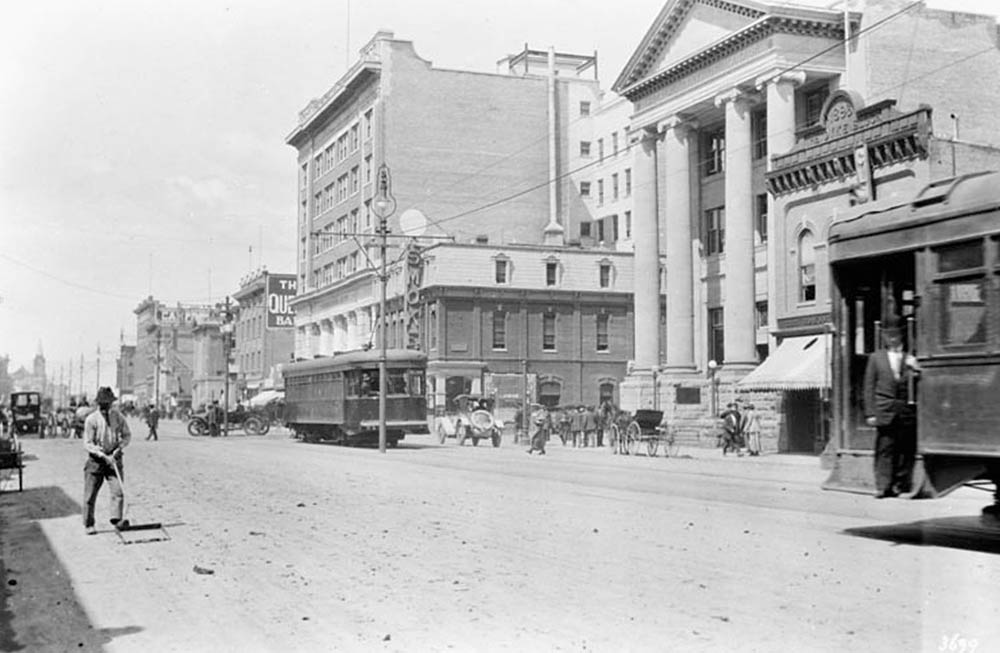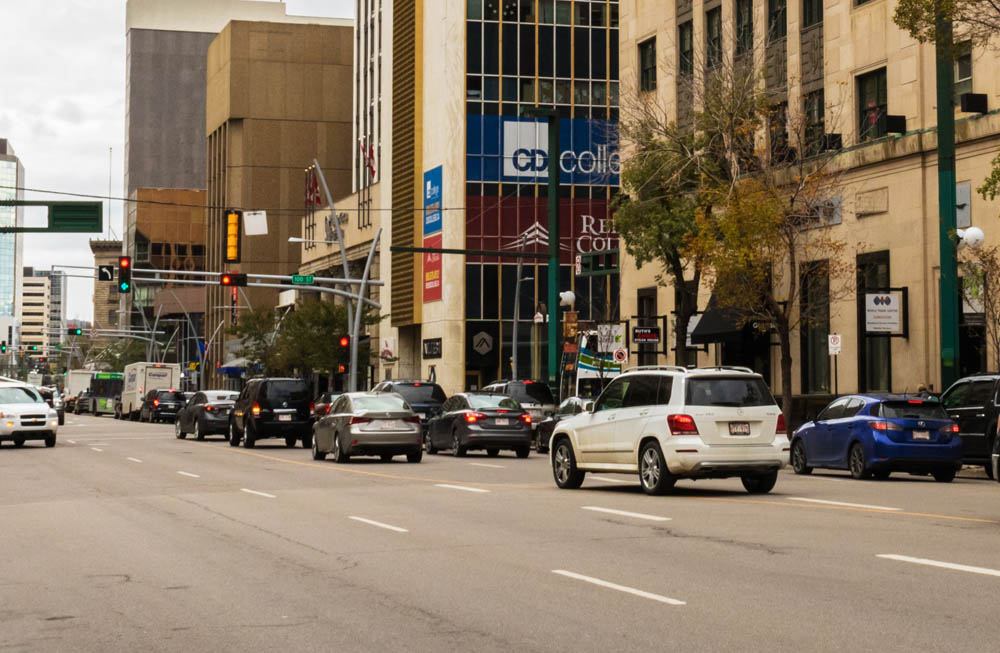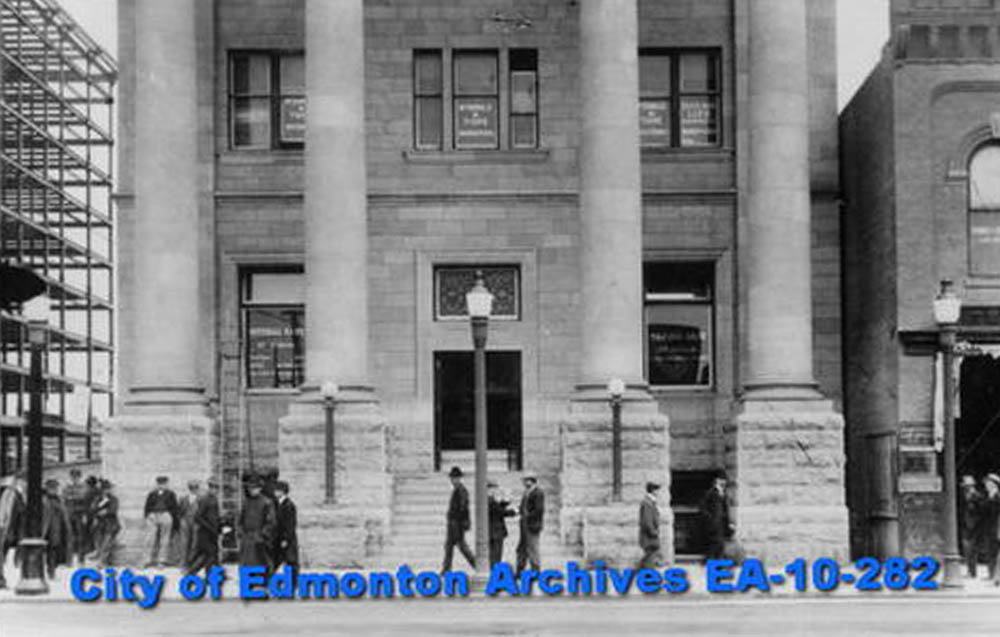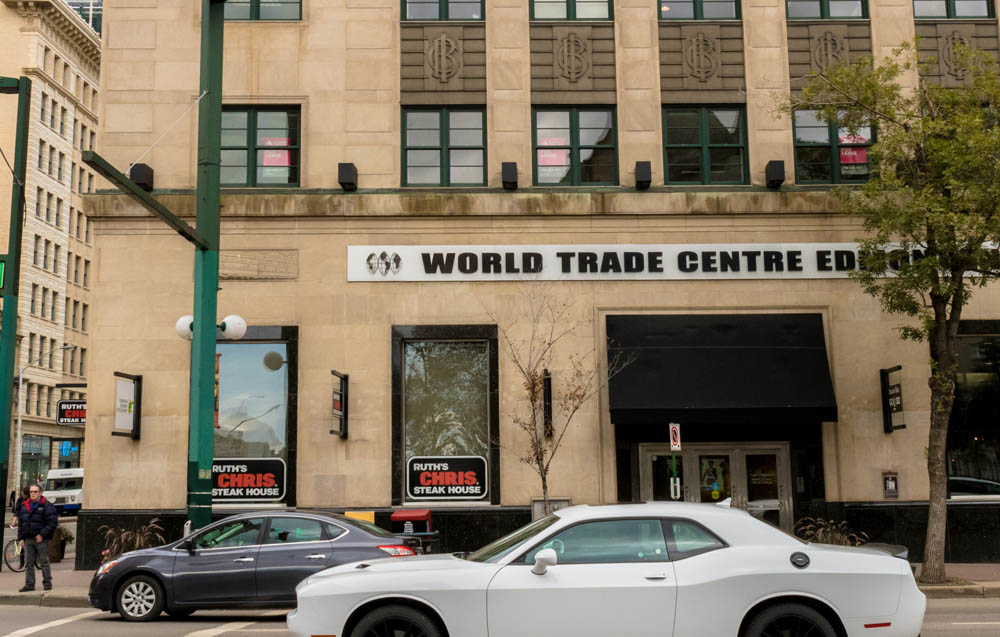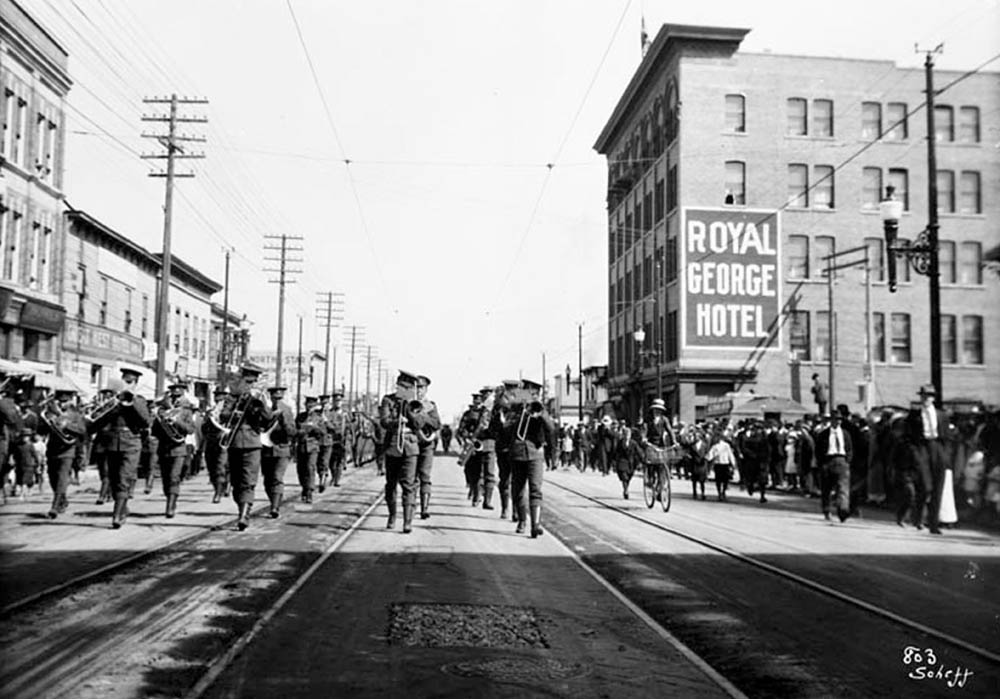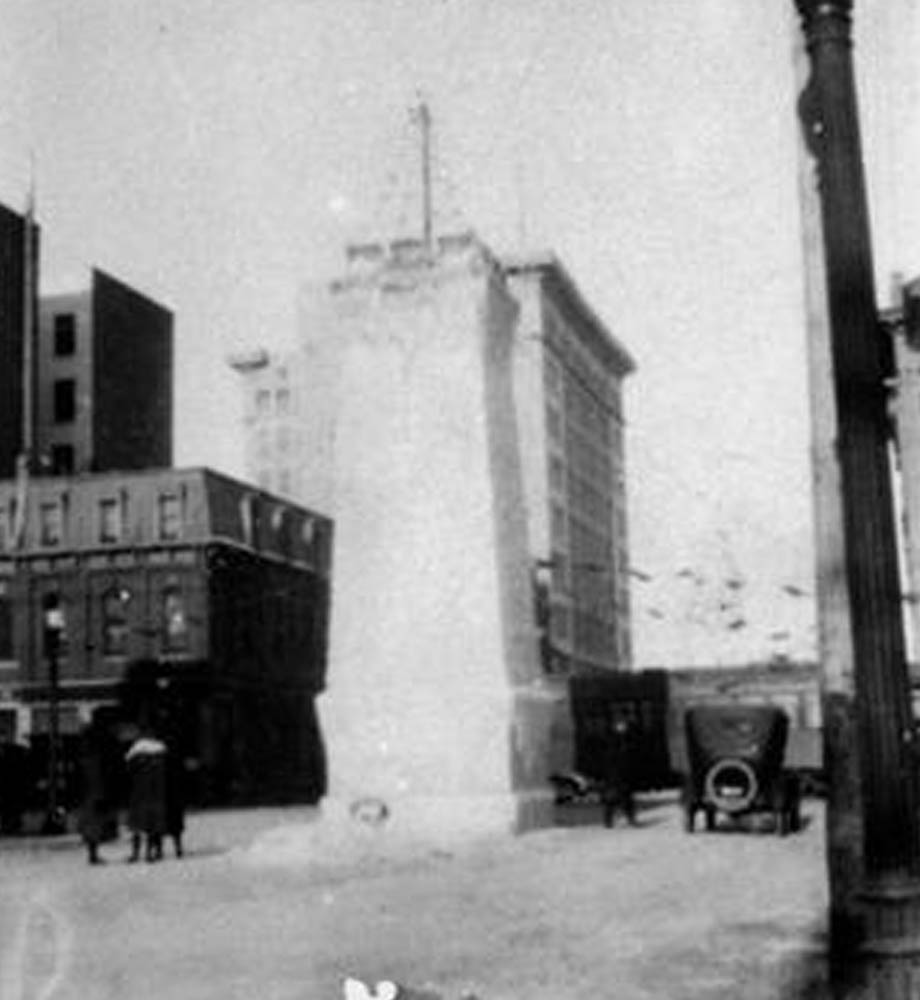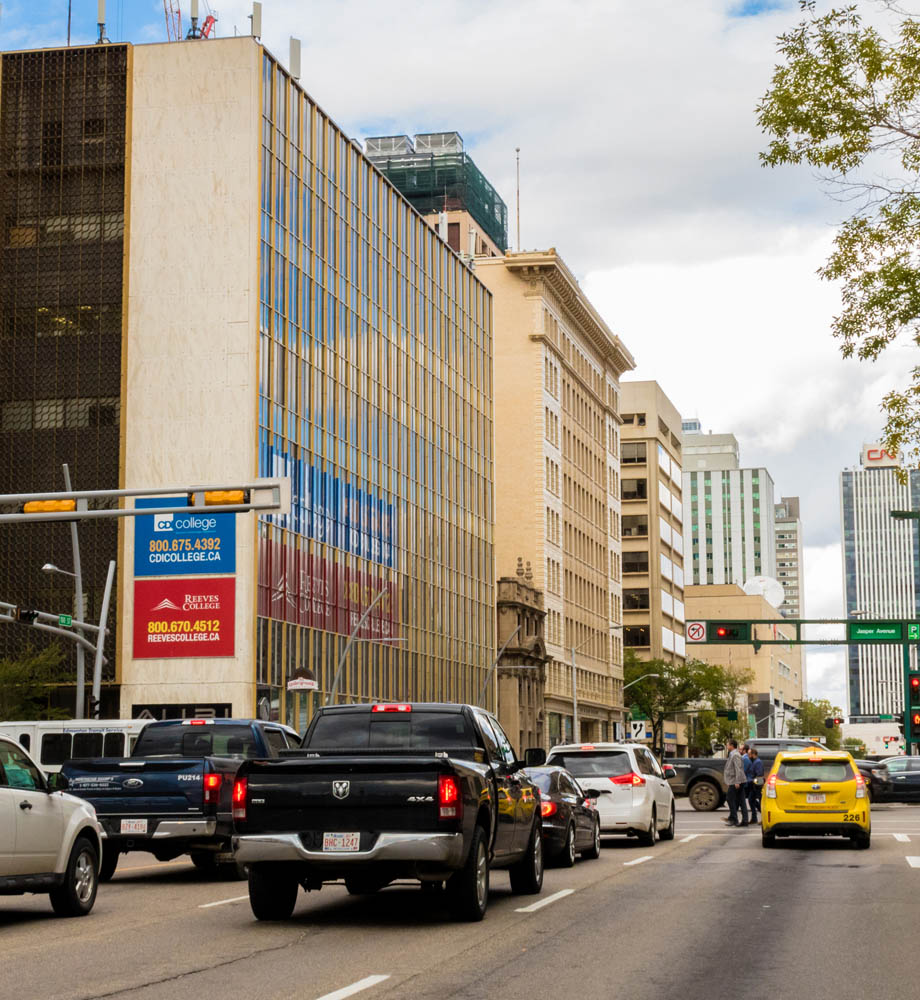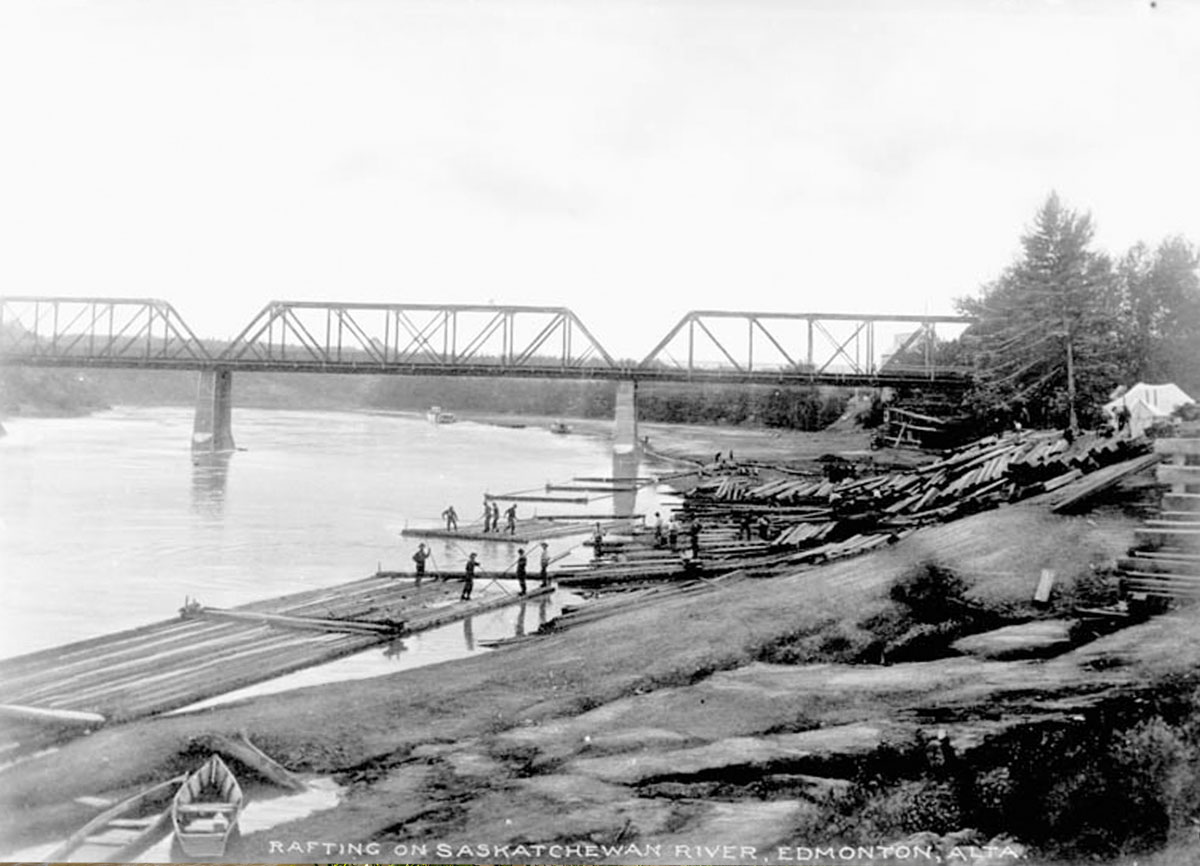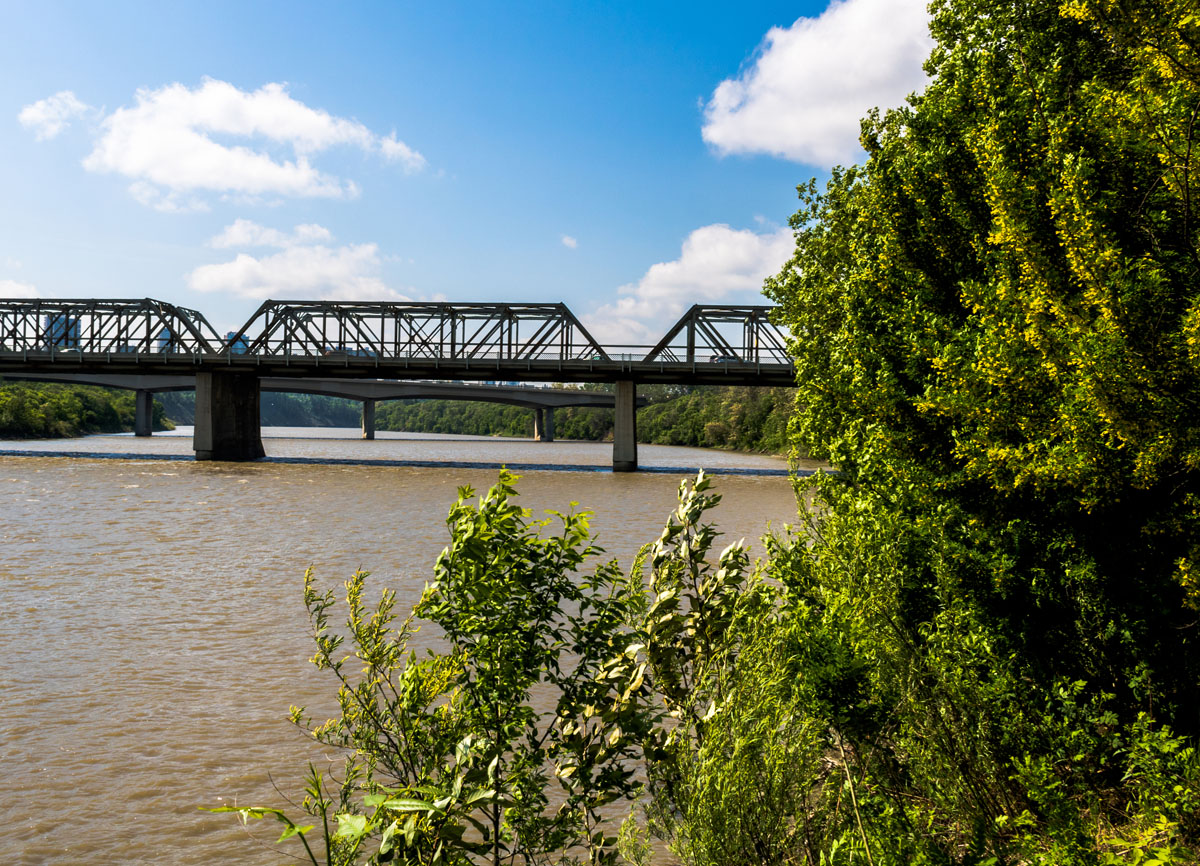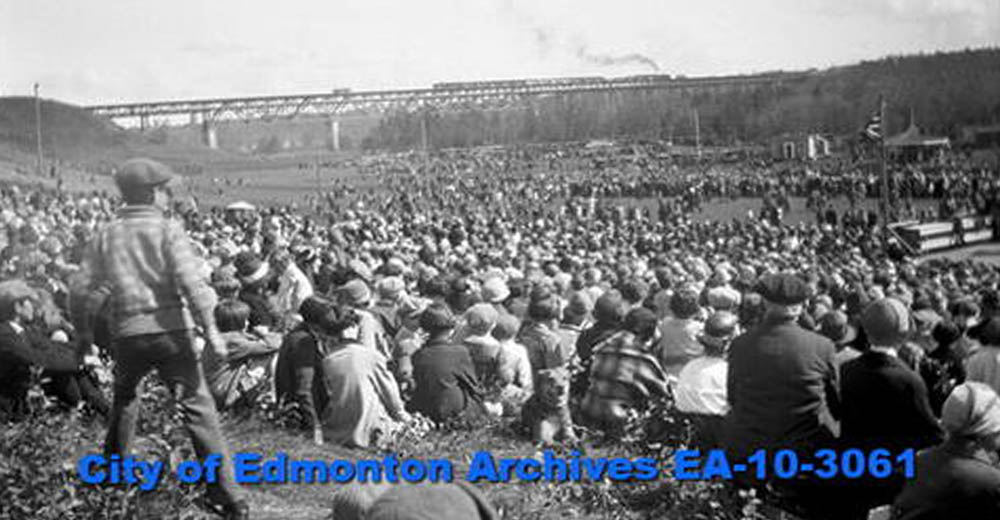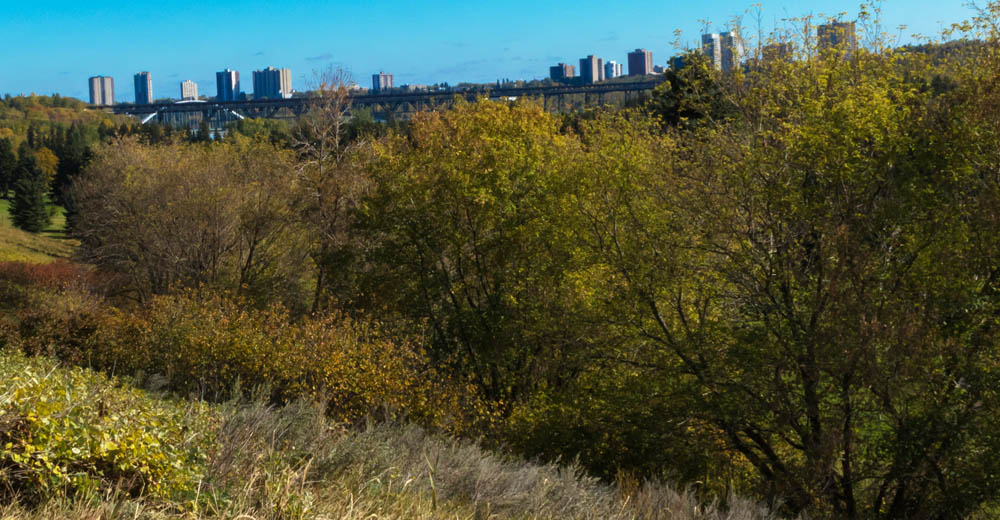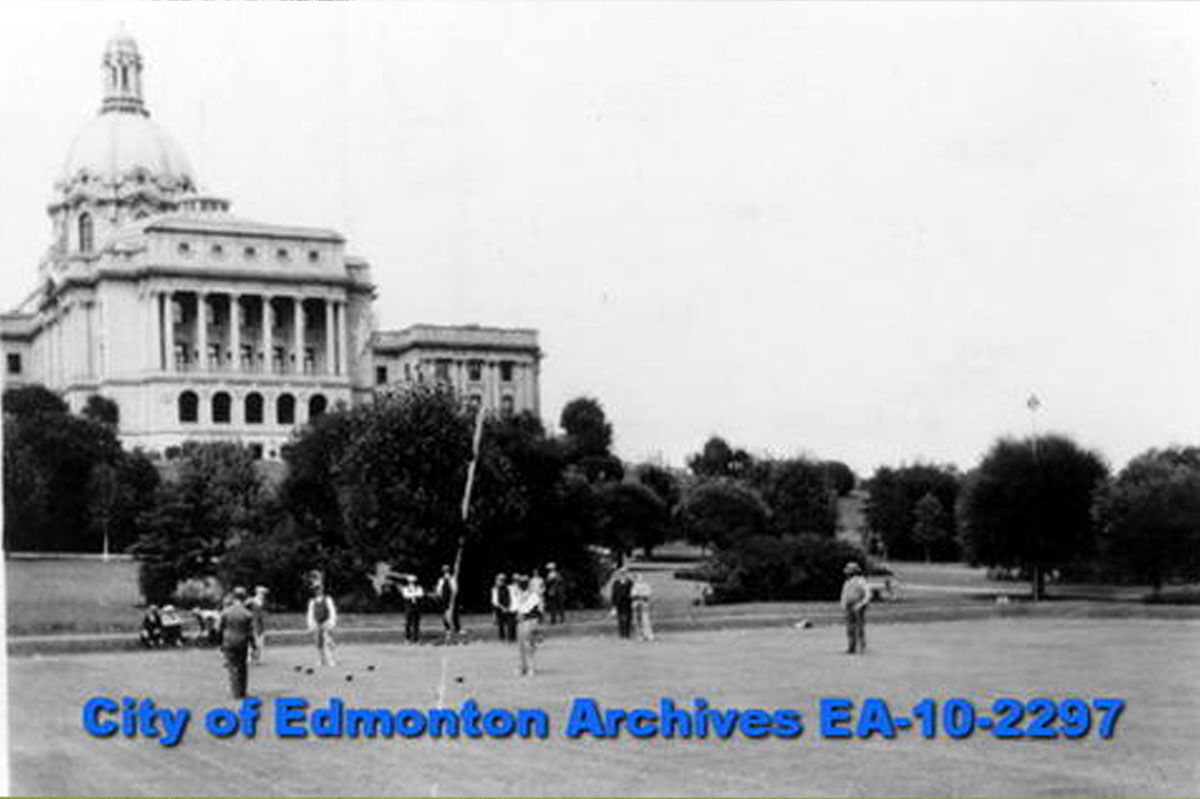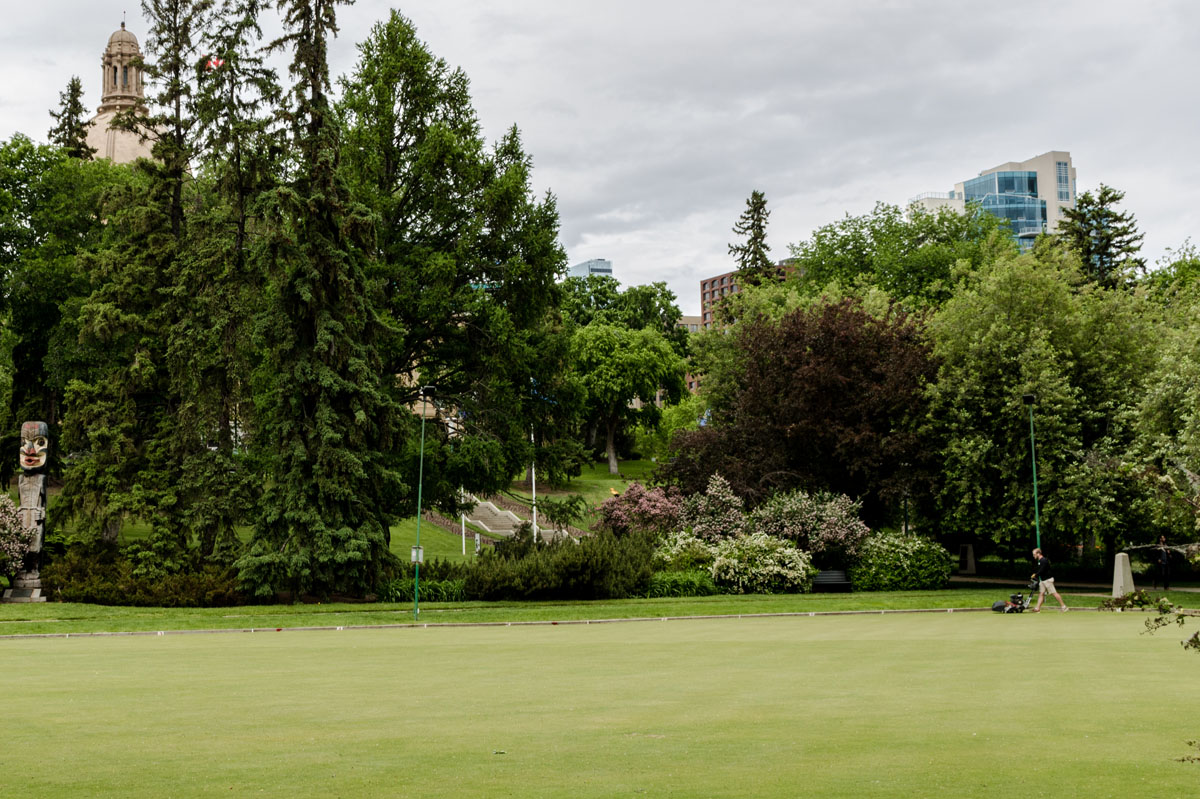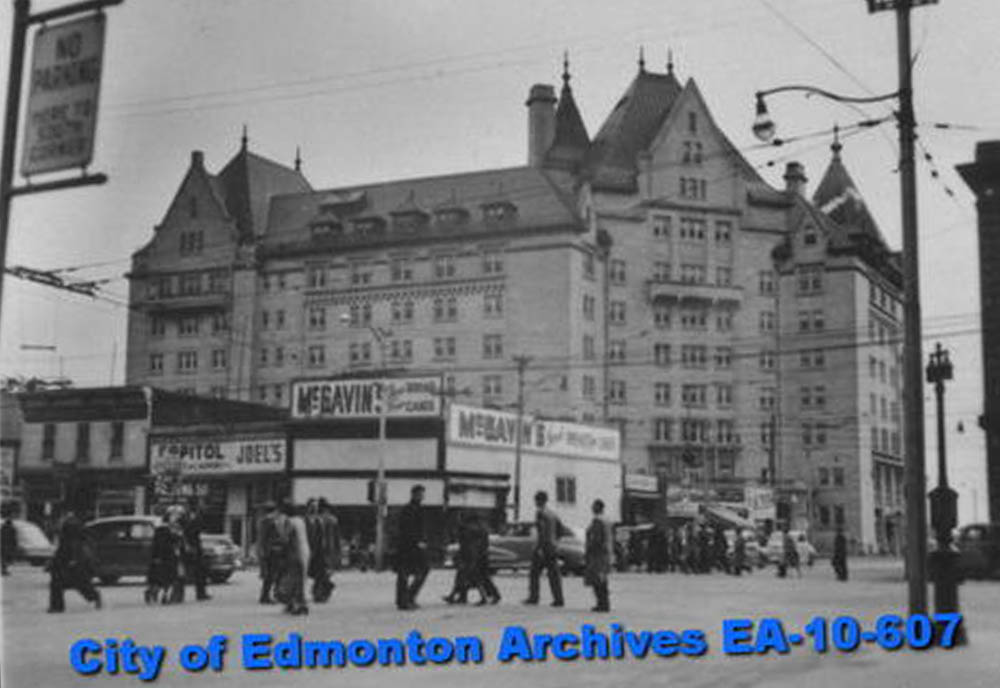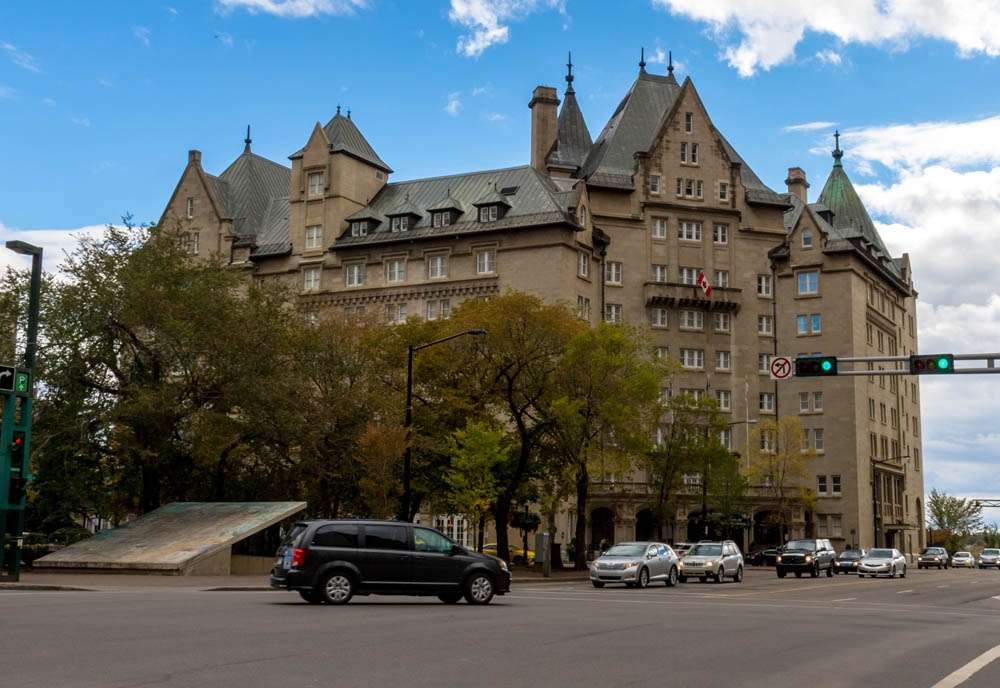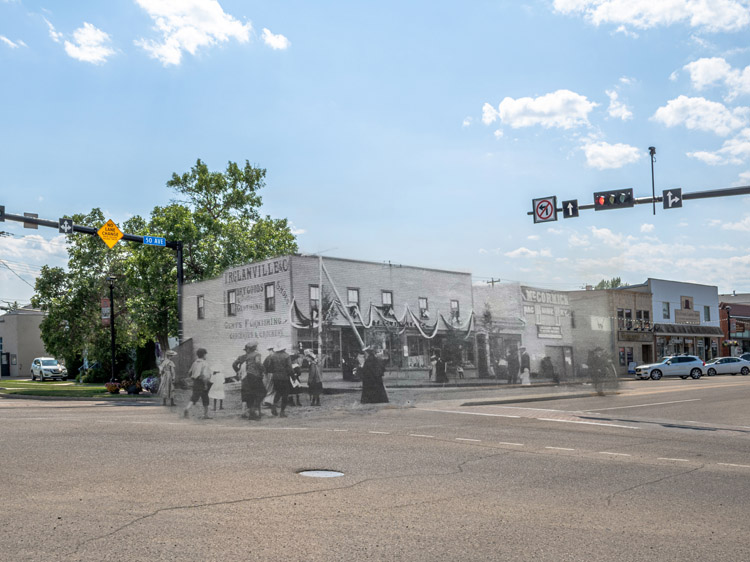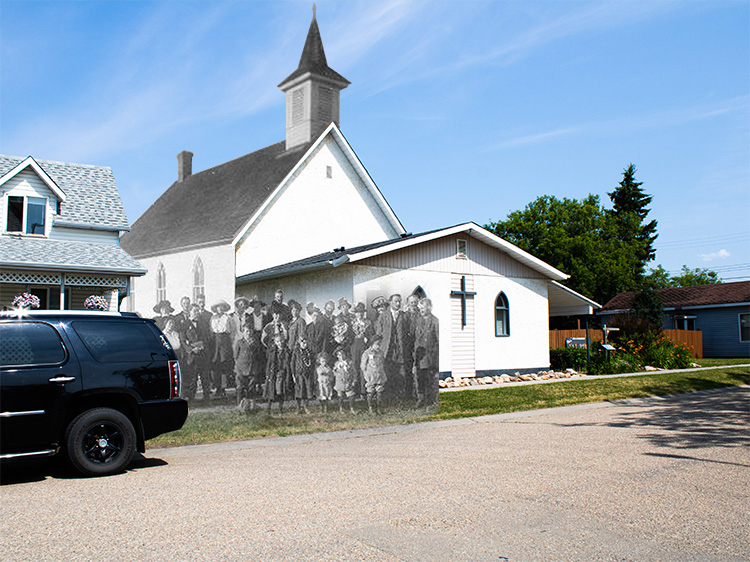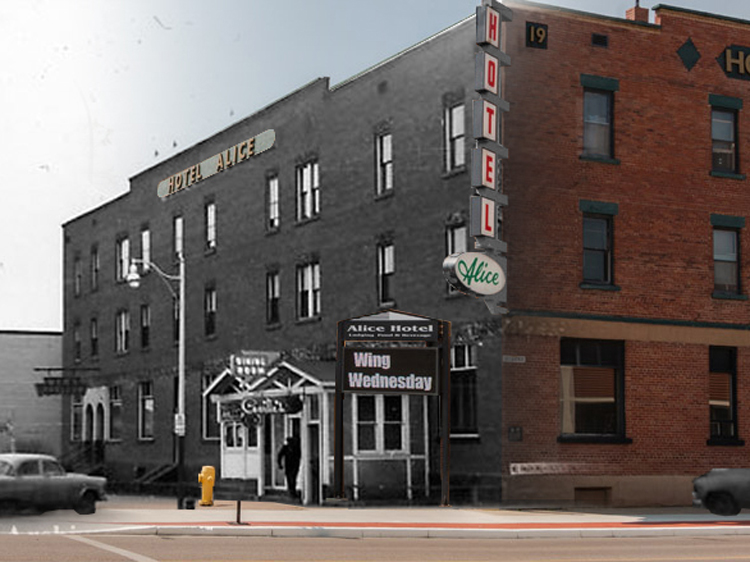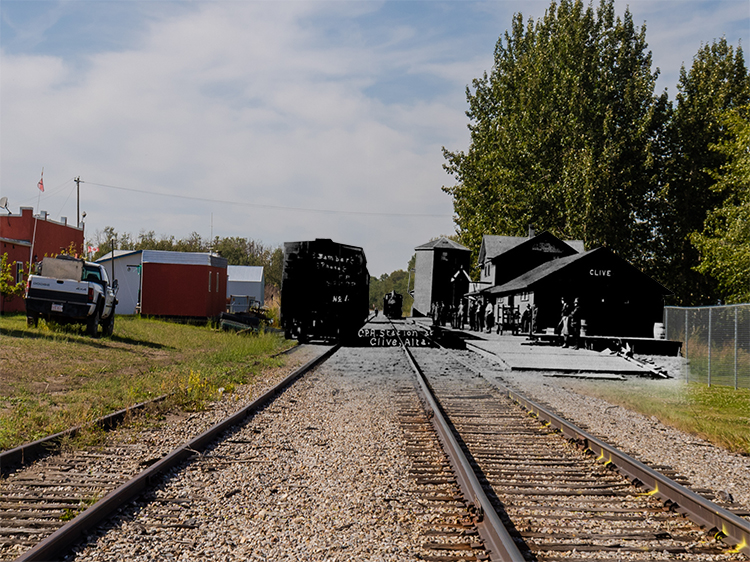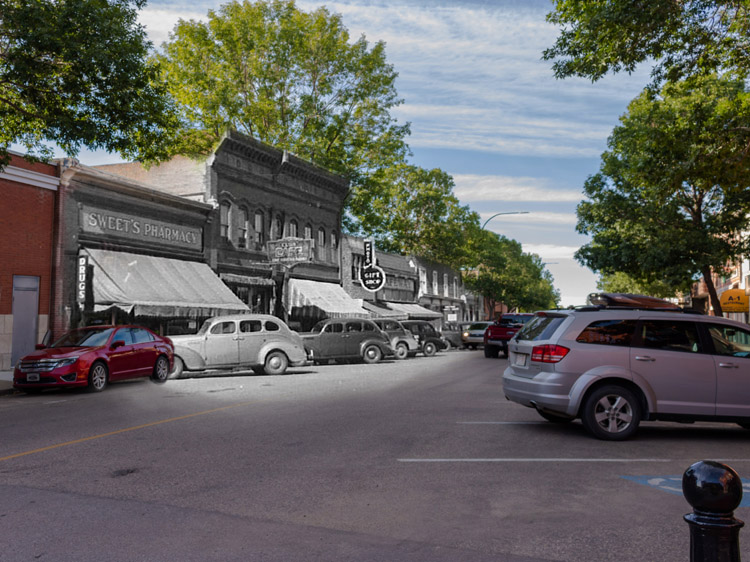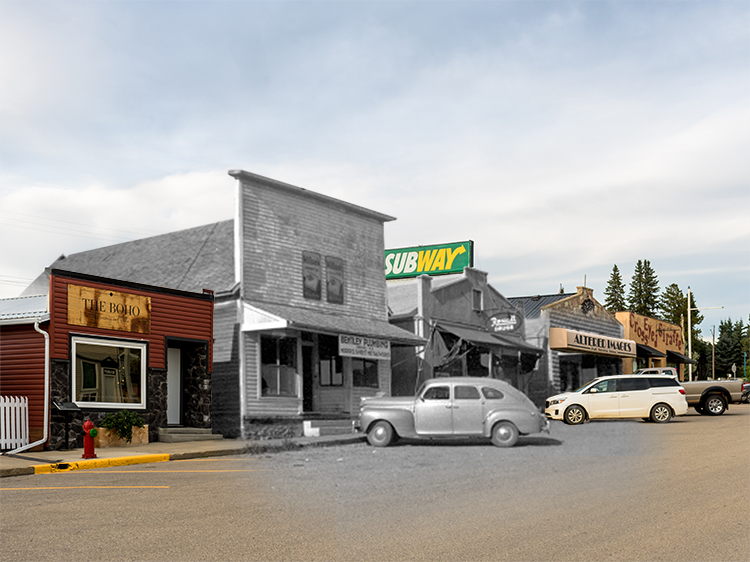Partner City
Edmonton
Gateway to the North
Some 14,000 years ago the First Peoples are believed to have crossed the Bering land bridge from Asia to North America. As they travelled south they came to an open vista of grasslands that stretched to the horizon. This was somewhere near modern Edmonton. They had discovered the prairies, one of the largest bodies of grassland on earth. It was here many of them made their homes following the gargantuan herds of buffalo. Some used the North Saskatchewan River to travel, fish, and trade. It was not until many millennia later the first Europeans arrived at this place, hardy traders in search of furs. They established the trading post of Fort Edmonton here in the 19th Century, and in the decades that followed a multicultural community of First Nations, Europeans and Métis grew up around the fort. In 1891 a railway branch line was extended north from Calgary to Edmonton, causing a population boom. When Alberta became a province in 1905, Edmonton's central location in the province contributed to the choice to make it the new provincial capital. Edmonton continued to grow, and by the 1930s it was the largest city in the province, a title it would hold until the 1980s. In addition to being the political capital, Edmonton is today the northernmost major city in North America., It is home to a number of cultural institutions like the Royal Alberta Museum, as well as a wide range of heritage buildings, including the historic neighbourhood of Strathcona on the south side of the river.
This project is a partnership with the City of Edmonton.
We respectfully acknowledge that Edmonton is on Treaty 6 territory, a traditional meeting ground and home for many Indigenous Peoples, including Cree, Saulteaux, Niitsitapi (Blackfoot), Métis, and Nakota Sioux Peoples.
Tours
Explore
Edmonton
Then and Now Photos
The North Saskatchewan
Library and Archives Canada 3264505
1879
This is an early view looking up the North Saskatchewan River from the heights where Fort Edmonton was located, now the site of the Legislature. Notice the little track at the bottom of the image which follows much the same path as River Valley Road does today. The North Saskatchewan had been a highway for Alberta's first peoples for millennia, and this place in particular had been a prominent gathering place for Cree and Blackfoot in recent centuries. The river, and the people who lived along it, drew European fur traders to this area, and in 1830 they established the trading post of Fort Edmonton here.
Edmonton's First School
Library and Archives Canada 3194031
1896
A remarkable class photo of the first students to go to school in Edmonton. The little one-room schoolhouse was the first in the city and survives today at its original location at 99 Ave and 105 St NW. It is now tucked behind the much larger McKay Avenue School that superseded it in 1904. Despite its simple appearance at the time it was built in 1881 it was considered to be of the highest standards of construction for its time (which is testified to by its survival to this day) and was the first building in Edmonton made of sawn-wood instead of logs.
First Nations on Jasper
1898
A photo of the trader Jim Delaney with several of his Indigenous guides and translators wearing traditional garb, apparently on the occasion of a BBQ held in their honour.
The first Europeans to arrive in this region were mostly fur traders. Like Mr. Delaney they relied upon the Indigenous people for trade goods, directions, and even survival assistance. Many European fur traders and First Nations women intermarried, creating a Métis population in this region. In those days the Europeans and First Nations coexisted relatively amicably around Fort Edmonton in the first two thirds of the 1800s.
The opening up of Alberta to growing European settlement changed all that. Though First Nations peoples had called this place home for some 14,000 years, in a few short years, from the 1870s to the 1890s, they were systematically excluded from the new society that was taking shape, confined to impoverished reserves where they often starved and had their children stolen from them and sent to residential schools--an act of cultural genocide. This was all possible because of the racist attitudes prevalent in Canadian society at the time, which saw First Nations people as less than human. A hint of this may even be seen in the original caption of this photo which was "Delaney's Drunk," a possible reference to racist stereotypes of First Nation's people.
This photo was taken on Jasper Ave and 101st Ave, though the photographer in 1896 may have been facing west, rather than east where the modern photo is facing.
Whyte Ave
Provincial Archives of Alberta A11938
1901
Horse-drawn buggies on the south side of Whyte Ave between 104th and 103rd St. Even in 1901, Strathcona's main thoroughfare appears to be a gravelly macadam surface, which would be dusty in summer and muddy (especially with horse droppings) in the spring and autumn. None of the wooden storefronts survive to the present.Most were replaced by buildings of less flammable materials during Strathcona's building boom in the years after this photo was taken.
A Mounted Rifles Parley
1906
Men and women are dressed up for a social event held by the Canadian Mounted Rifles on the grounds of Victoria Park, which has since become the Victoria Golf Course. The Canadian Mounted Rifles, also known as Lord Strathcona's Horse, were initially raised by Lord Strathcona (after whom Strathcona is also named) to fight in the Boer War in South Africa a few years before this photo was taken.
The regiment recruited skilled horsemen, mostly cowboys, mounted policemen, and other rugged frontiersmen from across the Northwest. They quickly gained renown across the British Empire for their scouting skills and distinctive stetson hats (which so impressed Lord Baden Powell that he adopted them for his Boy Scouts). Lord Kitchener, the British commander in South Africa, marvelled at the size of the well-fed and fit men from Canada's Northwest, and their commander Sam Steele replied "My apologies, sir. I combed all of Canada and these are the smallest I could find." Afterwards this unit served with distinction in both World Wars and Korea, and is today a tank regiment based in Edmonton.
The Post Office Burns
1907
Excited crowds watch as firefighters attempt to put out a fire that is engulfing the post office (and the reason this building is no longer there today). The building was located at the intersection of 102 Ave and 100 St. Notice the ladders and the firefighters bravely ascending them into the flames.
Chinese Welcoming Arch
1909
A streetcar passes under an arch erected over Jasper Ave on the occasion of Governor General Earl Grey's visit to Edmonton. This particular arch was constructed by the Chinese community as a display of loyalty to the British Empire.The text at top reads "Tell King Edward we are his loyal subjects." It was a plea to the King himself.
Edmonton's small Chinese community faced staggering racism from the city's caucasian majority in those days. Frank Oliver, editor of the Edmonton Bulletin, relentlessly inveighed against the first Chinese who arrived in the 1890s to set up laundromats, claiming they lived "like pigs" and questioning their loyalty to the Empire. Oliver rose to the rank of Minister of the Interior in Wilfrid Laurier's government, and wrote a bill that banned black people from immigrating to Canada, as well as overseeing the eviction of the Papaschase Cree from their reserve just south of Edmonton.
When this photo was taken Oliver was at the height of his career, and his racist views were ascendant in Canadian society. At that time the British government--and its representative in Canada, Governor General Lord Grey--still held enormous sway over Canada's government. They were more likely than the local authorities to uphold the principle that all of the King's subjects were equal under the eyes of the law. With this banner, Edmonton's Chinese community wanted to remind Lord Grey that they were, in fact, the King's loyal subjects.
Saskatchewan Drive
1910
Looking down a quiet, unpaved and tree-lined Saskatchewan Drive over a century ago. Saskatchewan Drive used to follow the south bank of the North Saskatchewan River all through Strathcona, but as the street grid expanded Saskatchewan Drive was broken up in many places. That and the lack of any other landmarks in this photo makes it difficult to tell where the original photograph was taken, though the slope of the ground here matches well.
Queen Alexandra School
ca. 1912
The Queen Alexandra School at 78 Ave and 106 St in Strathcona, was originally built in 1906 when Strathcona was an independent municipality. Back then it was called the Duggan Street School after a Strathcona mayor. The towers and columns inset to the walls are excellent examples of Italian Renaissance style architecture, and the building was clearly built with a high degree of craftsmanship as it continues to fulfill its original function today.
Whyte Ave Develops
1913
From this photo of Whyte Avenue, taken from 103rd Street, we can see the commercial section has changed quite a lot in the space of a decade. Some substantial three-storey brick buildings have been erected to match the Strathcona Hotel at right (which remains today the oldest building in Strathcona), the streets have been paved and a streetcar line has been laid. Automobiles were still considered a rich man's toy in 1913, but scarcely a decade later they would begin their dominance of this street, as they would the streets of every Canadian city.
Jasper Ave
1913
This photo of Jasper Ave, looking west from 99 Street, graphically demonstrates how developed Edmonton already was at that time with tall commercial blocks overlooking the broad street, throngs of pedestrians going about their day, and of course, cars.
A Busy day on Jasper
Library and Archives Canada 3587667
1914
A photo taken just a little bit west of the previous one, and only a year later. One gets a strong sense of just how busy Jasper was at that time, with people and machines caught in the midst of action across the cityscape. The streetcars seen here were slow, but they were cheap, reliable, and absolutely crucial in Edmonton's early development.
For the history of all settled civilization, people walked to work (save a tiny number of elites, who could ride an expensive horse or just not work at all). Therefore as a general rule people lived near their jobs. The first real change to this ancient dynamic came with the introduction of horse-drawn streetcars, or omnibuses, to the streets of New York in the 1820s. Streetcars allowed people to commute considerable distances to work every day. Streetcars powered by electricity were introduced in the 1860s and could travel even further. By the beginning of the 1900s practically every city in North America had streetcar lines. The lines radiating out of downtown cores allowed people to move away from the city centre to settle in newly created suburbs. As we can see from Edmonton's layout today, the same thing happened here. The introduction of automobiles only quickened a trend that was already ongoing. The streetcars you see here were spearheading a revolution in urban civilization.
The Imperial Bank
1914
People hustle past the imposing facade of the Imperial Bank on Jasper. You'll notice at left the ongoing steel-girder construction of the Mcleod Block which survives to this day.
The original Imperial Bank building was built in the Classical style.Its replacement,built in the Modern Classical style in the early 1950s,is recognized on the Canadian Heritage Registry as a particularly fine example of this architectural style. After a merger in the 1960s the Imperial Bank of Canada became known as CIBC.
Banks were vitally important to the development of every Canadian city. Setting up a business or building a house in a new city wasn't cheap after all! Banks made a lot of money doing this, so they could afford to be the first to buy up the choicest plots in the heart of every growing city and build impressive looking buildings on them. Sometimes they replaced the buildings, as in this case, but they almost never sold the land. Since most of Canada's major banks have existed and prospered throughout the country's history, you'll find the same banks have owned the same downtown lots since the pioneer days in practically every city.
A Recruitment Parade
Library and Archives Canada 3403440
1915
A military band marches past the Royal George Hotel on 101 St in an attempt to aggressively market the army to potential recruits in the second year of the First World War. Parades like this were a common recruiting tactic to rouse patriotic fervor in onlookers and get them to enlist.
In 1914 thousands of Edmontonians, filled with romantic Victorian notions of heroism and adventure, enthusiastically flocked to the colours. Yet as the war dragged on and longer and longer casualty lists were published in newspapers, those who had stayed behind realized with increasing horror that something was terribly wrong. Recruitment became an increasingly desperate problem as the army struggled to fill the gaps left by the tens of thousands of dead and maimed. Eventually marching bands like this weren't enough and in 1917 a conscription law was passed that forced young men to join up. The crisis this caused in Quebec almost ended with the dissolution of Canada.
Ice Sculpture
1915
This giant ice sculpture was created for the Ice Carnival in Edmonton. At the time this photo was taken thousands of Edmontonians were suffering untold horrors in the trenches in Flanders. But back home, carnivals like this helped keep morale high, even if they do appear somewhat macabre with hindsight and the knowledge we have of what the soldiers actually endured.
Rafting on the North Saskatchewan
Library and Archives Canada 3335008
1914-1925
This photo was taken from the west bank of the river, looking south towards the Low Level Bridge, and shows men corralling into rafts--'rafting'. The logs would be lashed together into rafts that could be conveniently floated down the river. The men carrying out this work had to have excellent balance and cat-like reflexes to stay atop the rolling, bobbing logs. Falls threatened severe consequences: crushed limbs and drowning. These men are probably assembling these logs for the Walter's Mill and Yard just up the river from here. Parts of that mill have been turned into a museum today which is featured prominently in our River Valley tour.
Canada's 60th Birthday
1927
A train chugs over the High Level Bridge as crowds in Victoria Park gather to celebrate Canada's sixtieth birthday. In the shadow of the Legislature, the sprawling Victoria Park was a popular place for public gatherings before it was turned into a golf course.
Lawn Bowling
1930
The Legislature grounds have long been a place for community activities and public recreation. Yard games, like the lawn bowing you see here, were a popular pastime in the 1930s, and remain so to this day.
The MacDonald Hotel
1950
This view is dominated by the Fairmont Hotel Macdonald, which has served Edmontonians since its construction in 1915. The photo was taken at a busy time of day and the streets are filled with people, along with an increasing number of cars.

